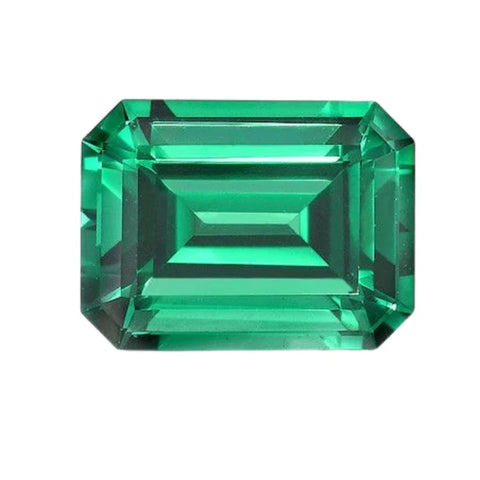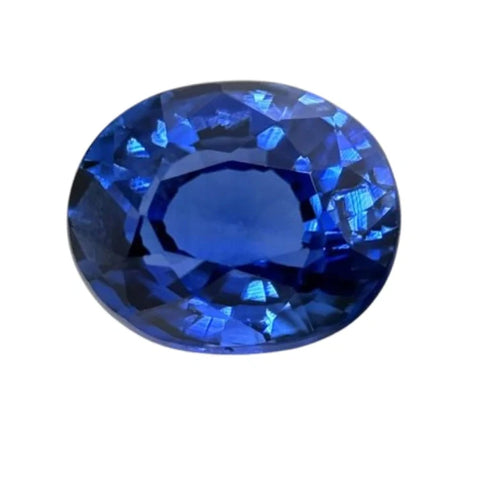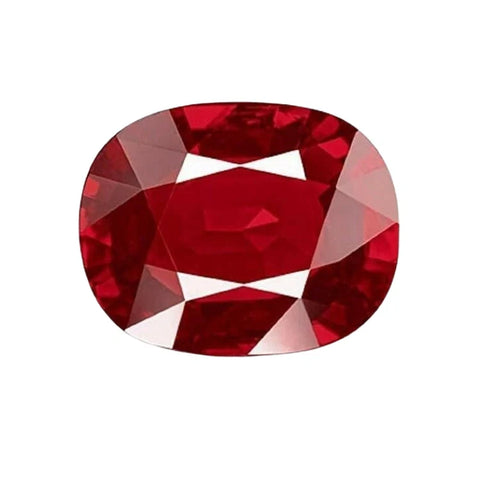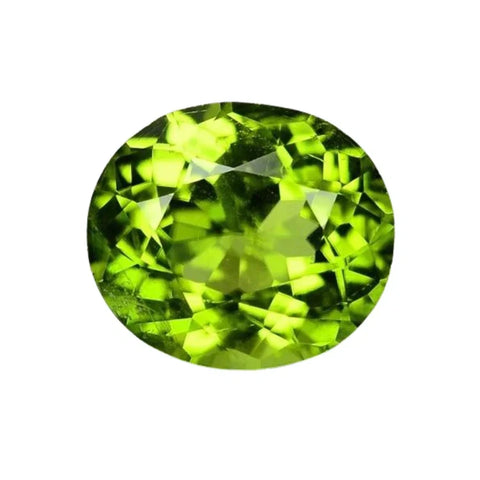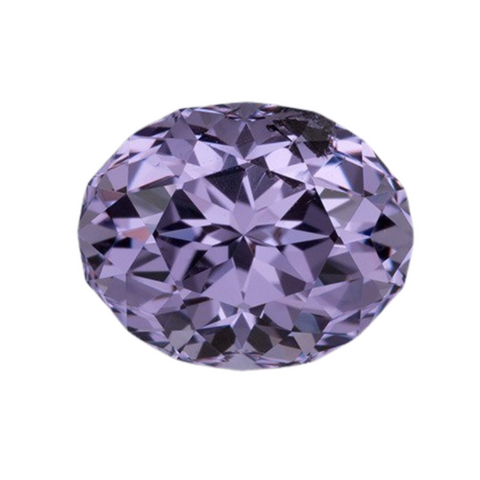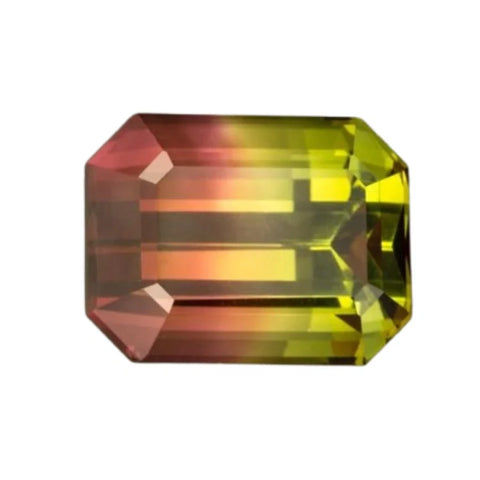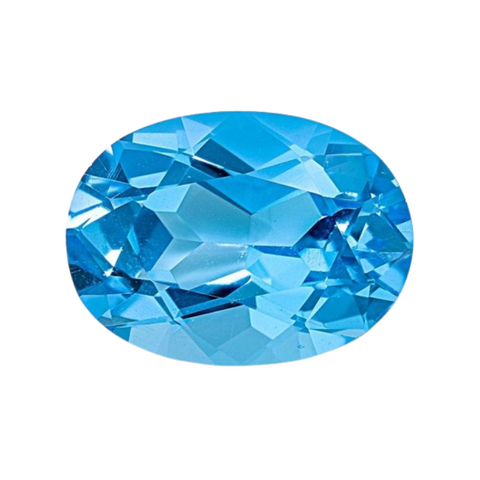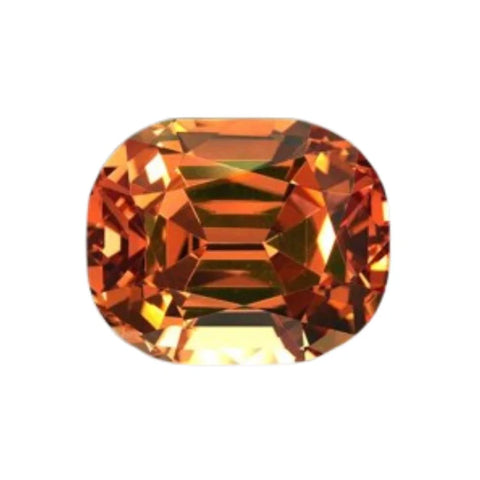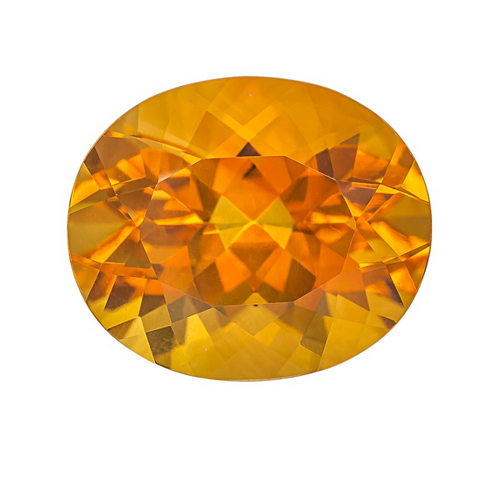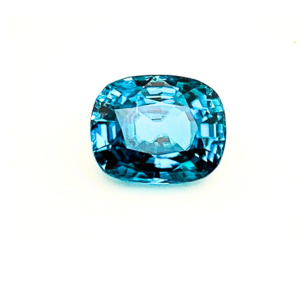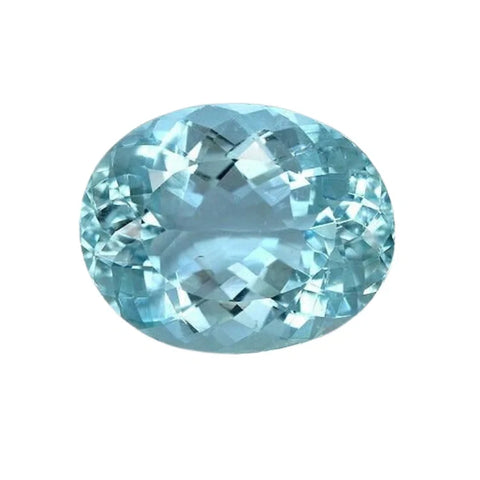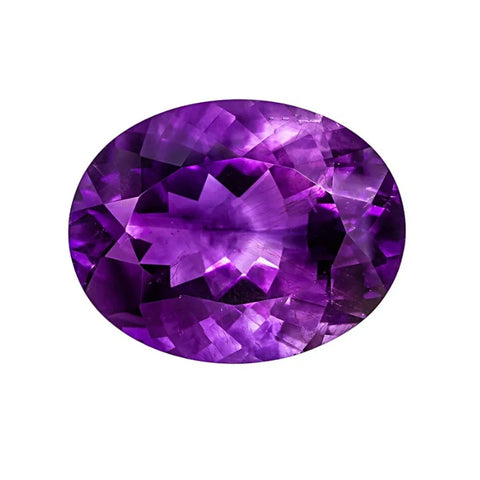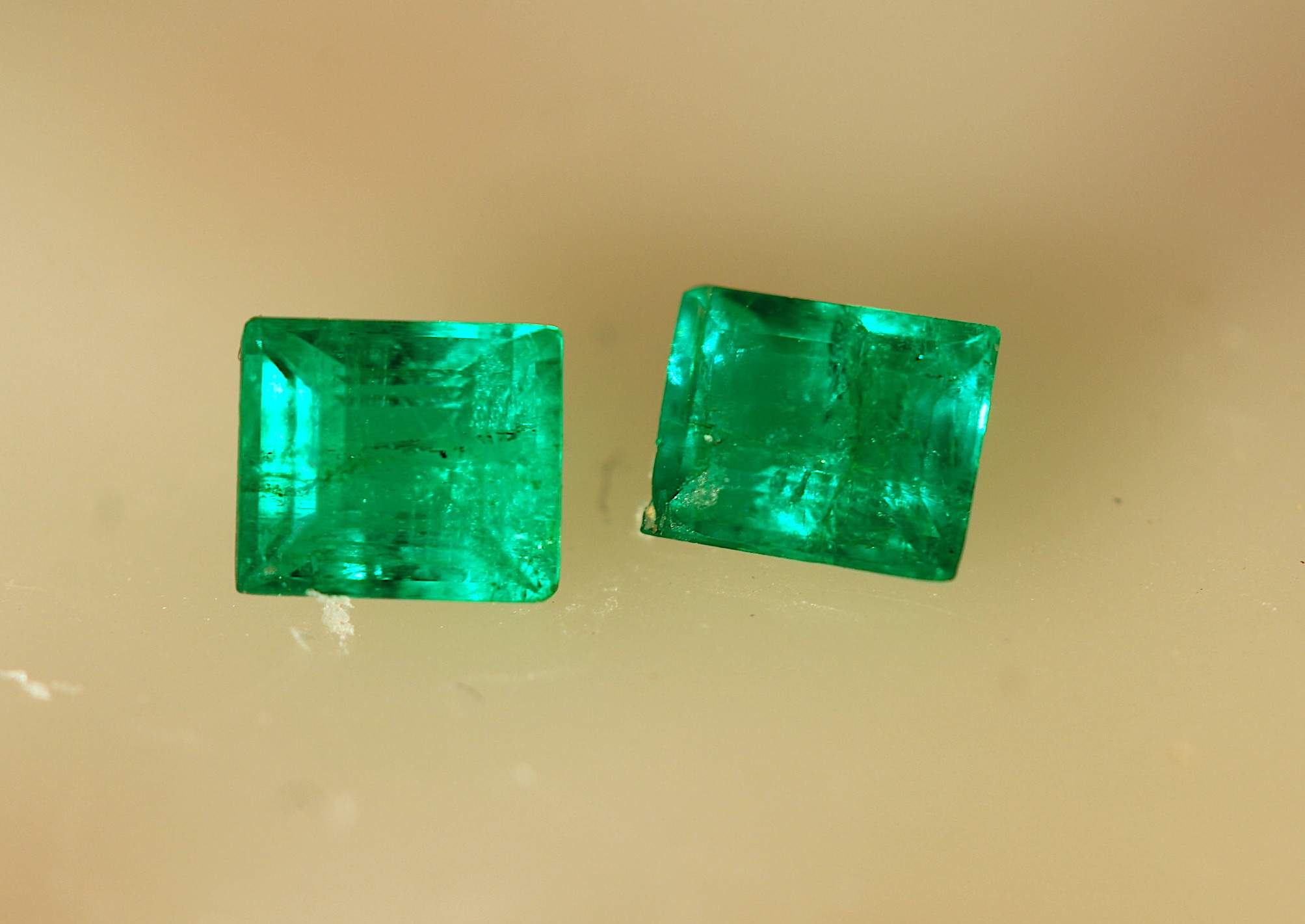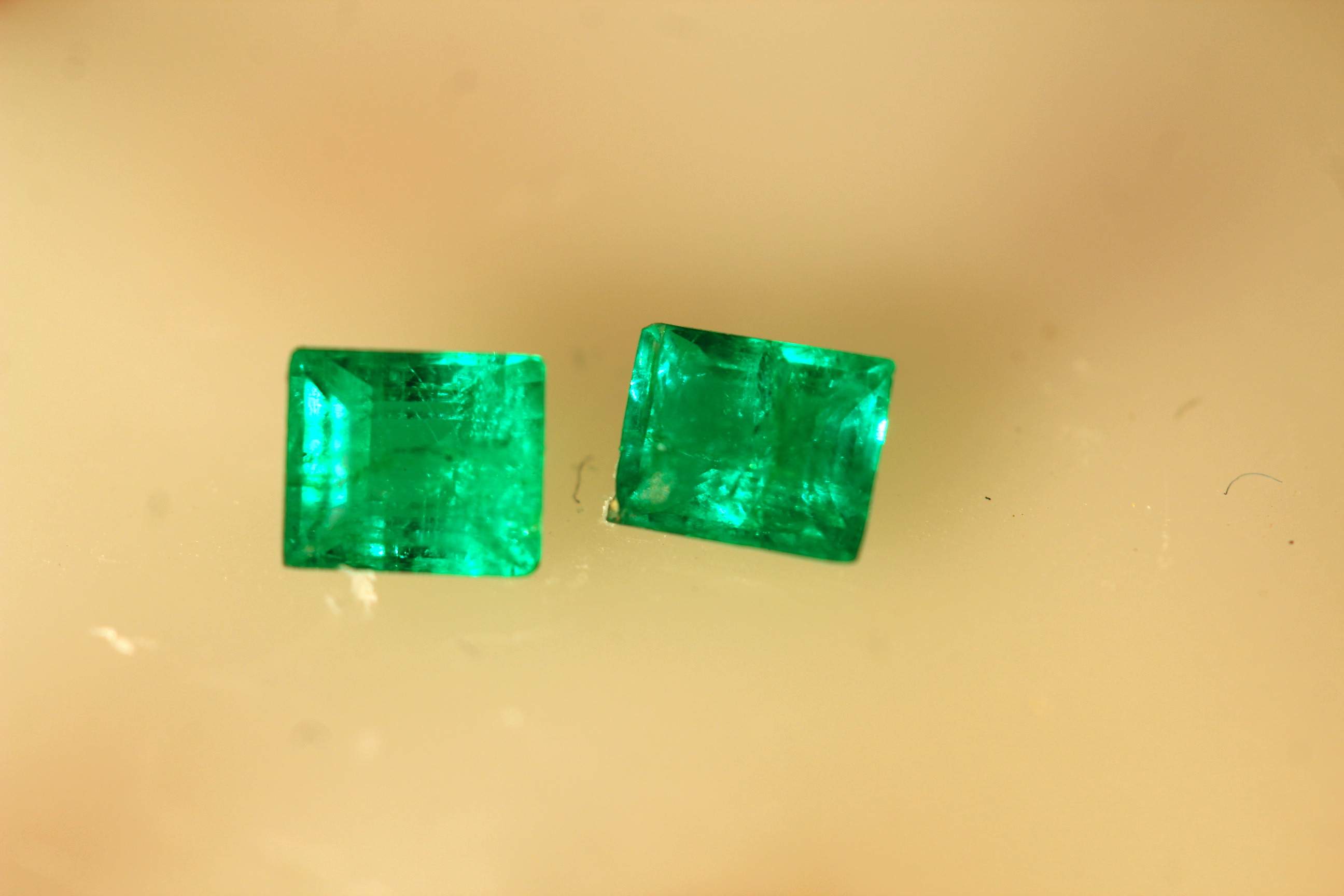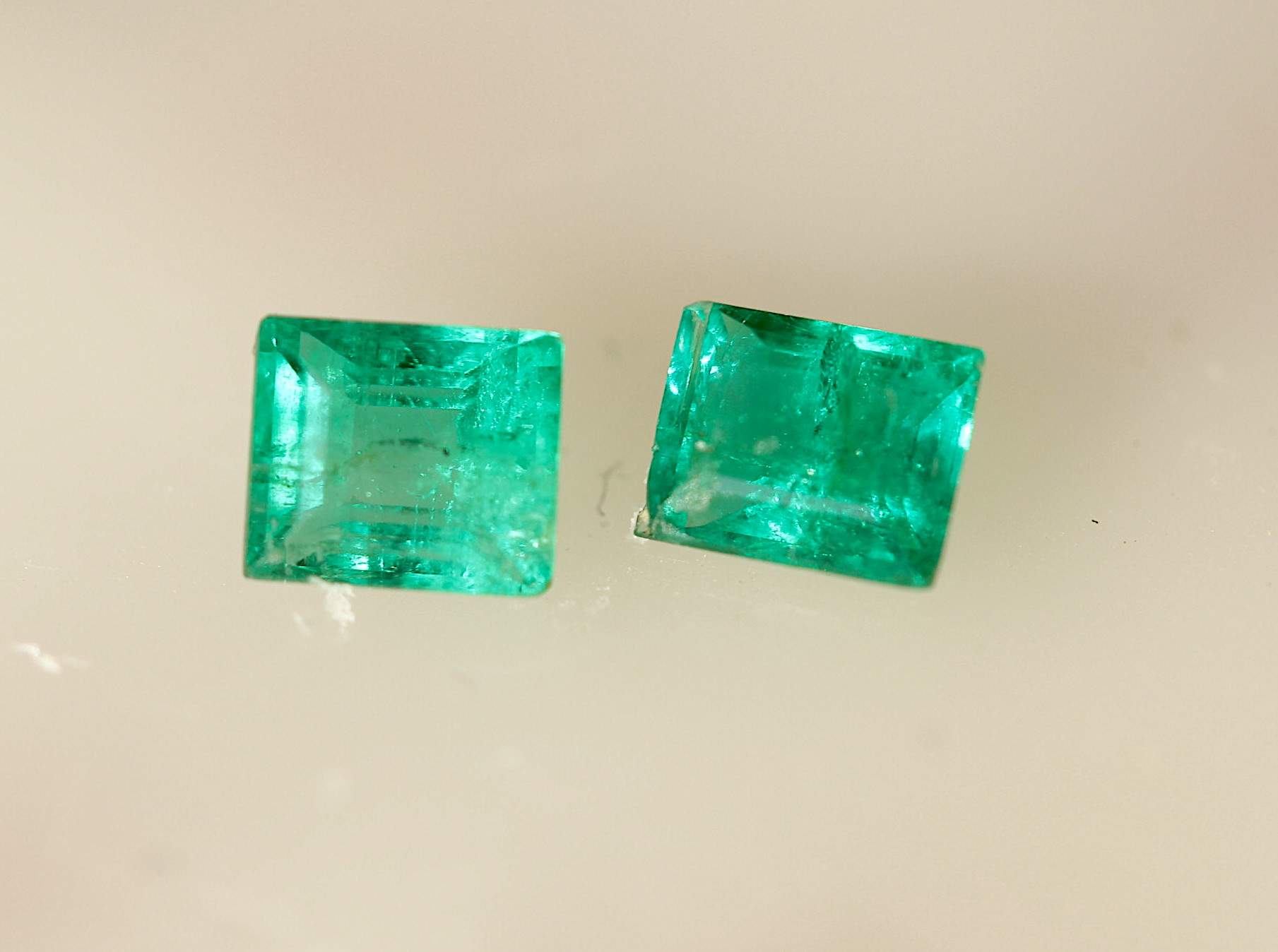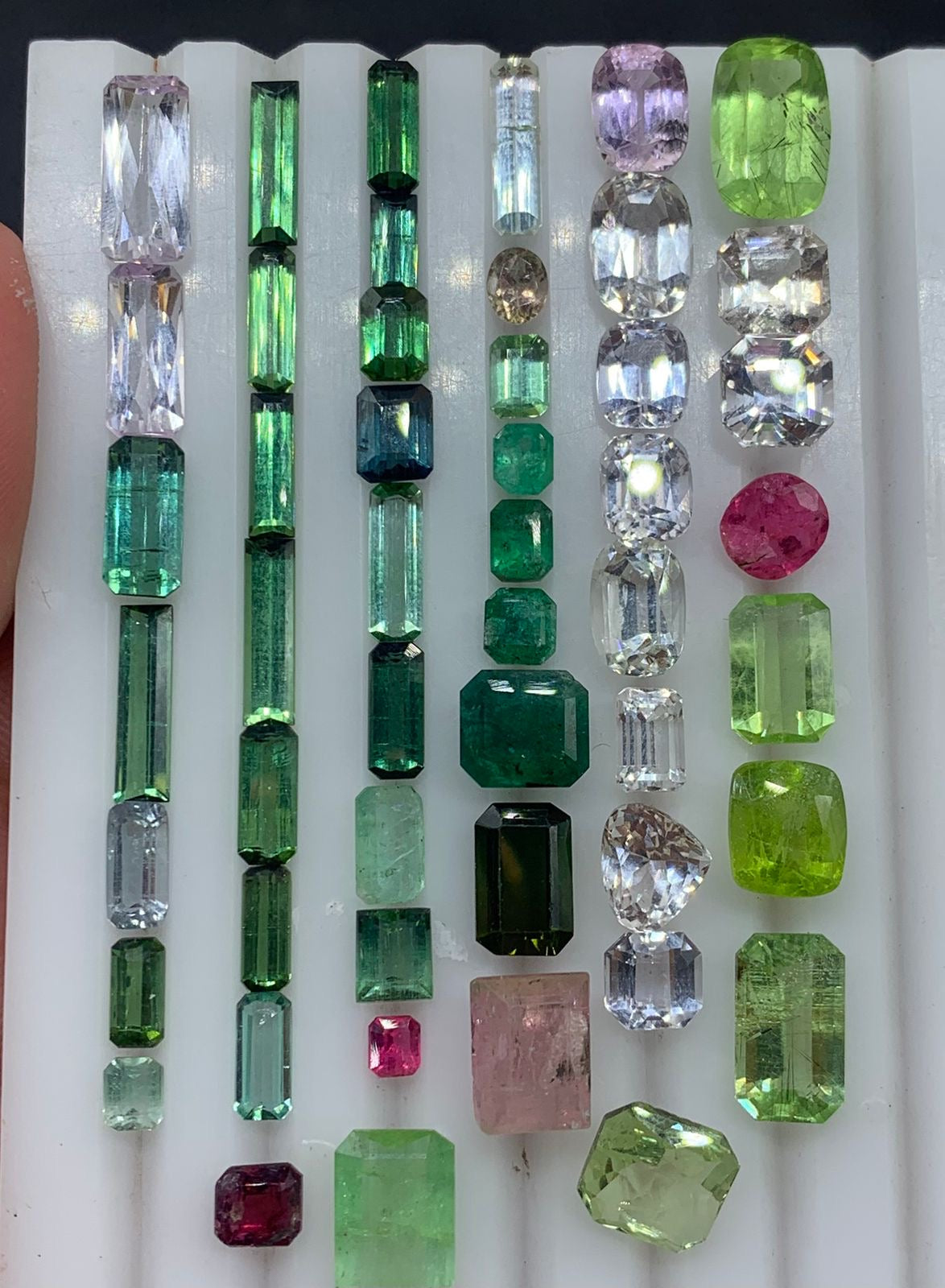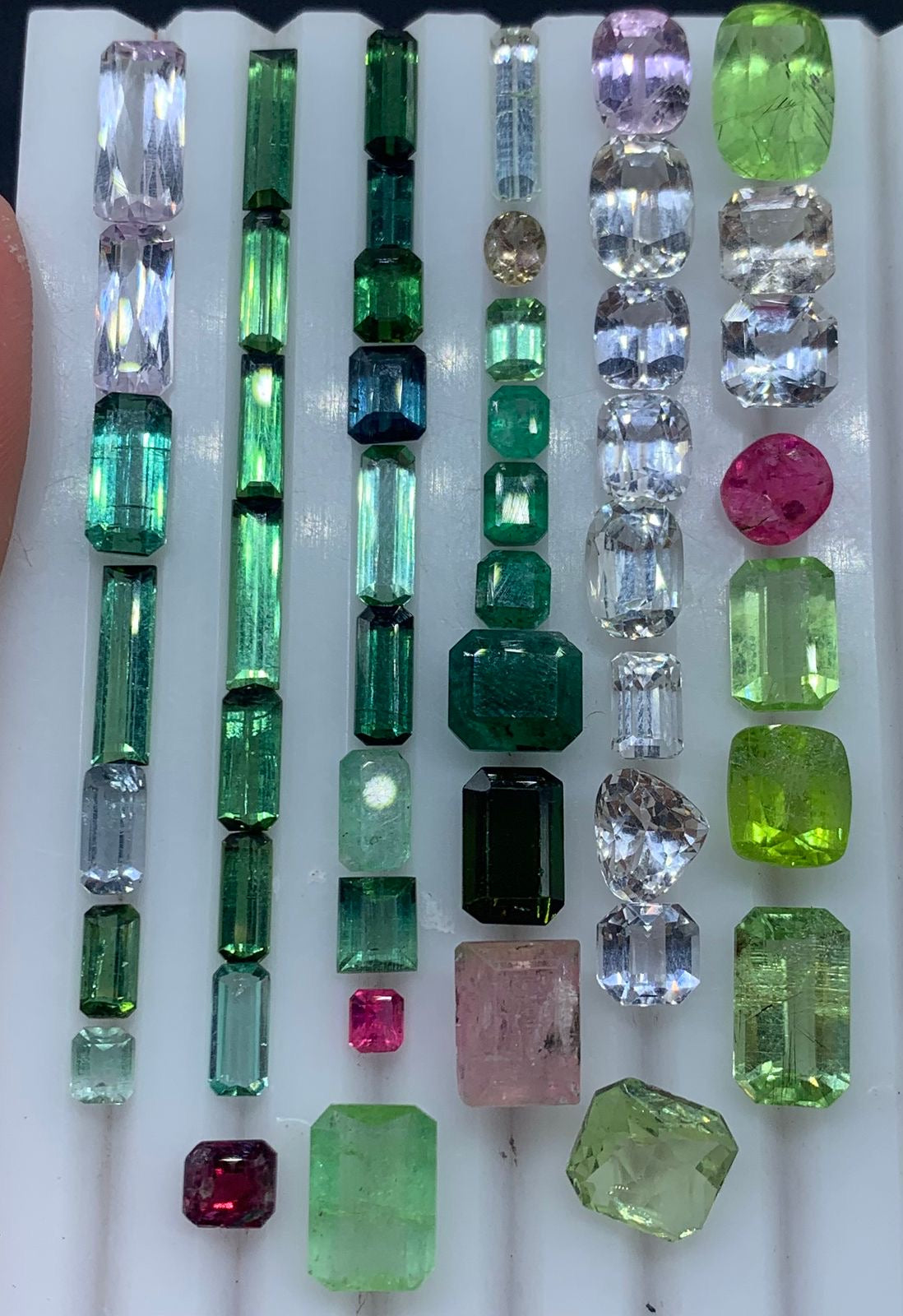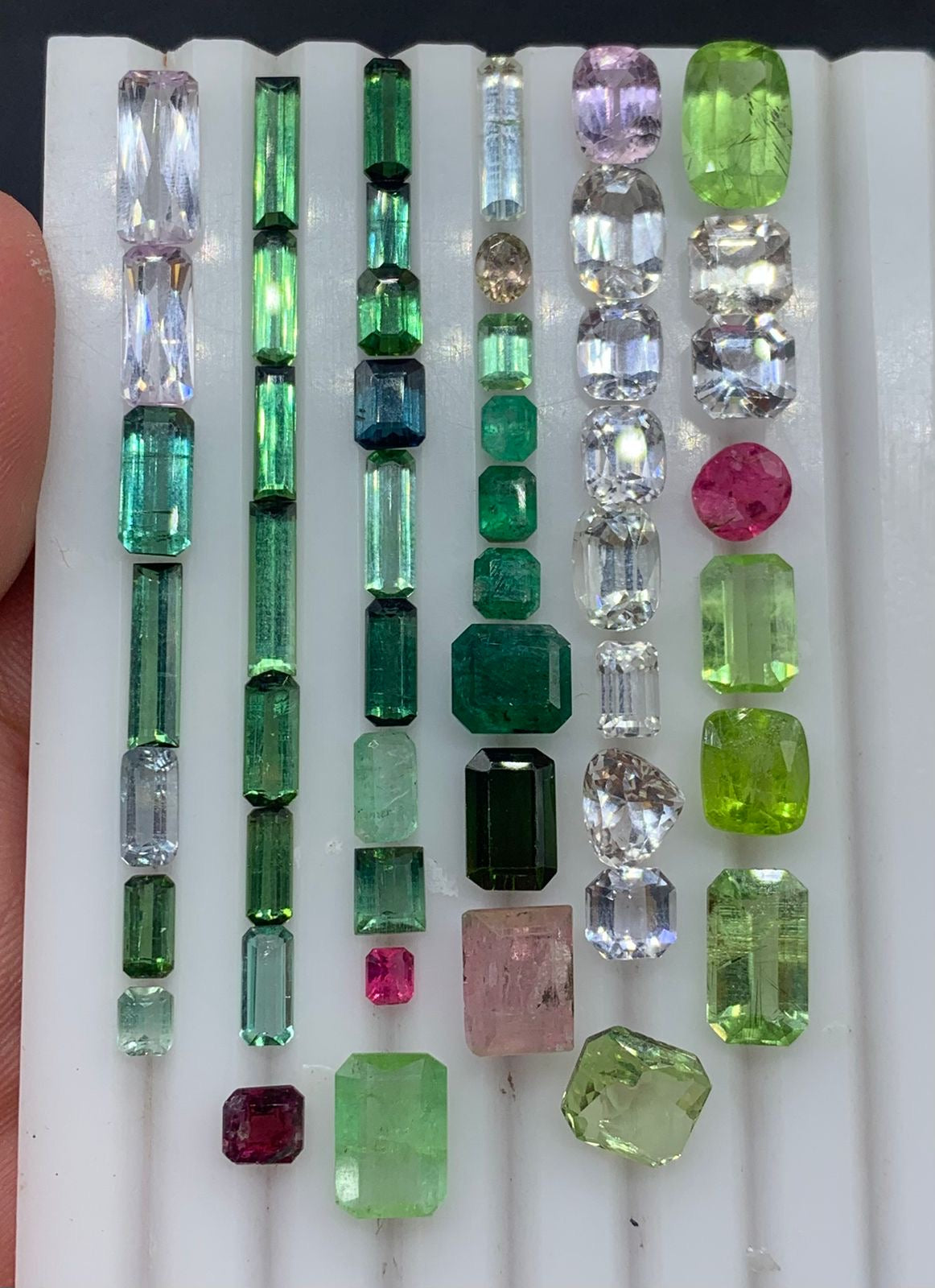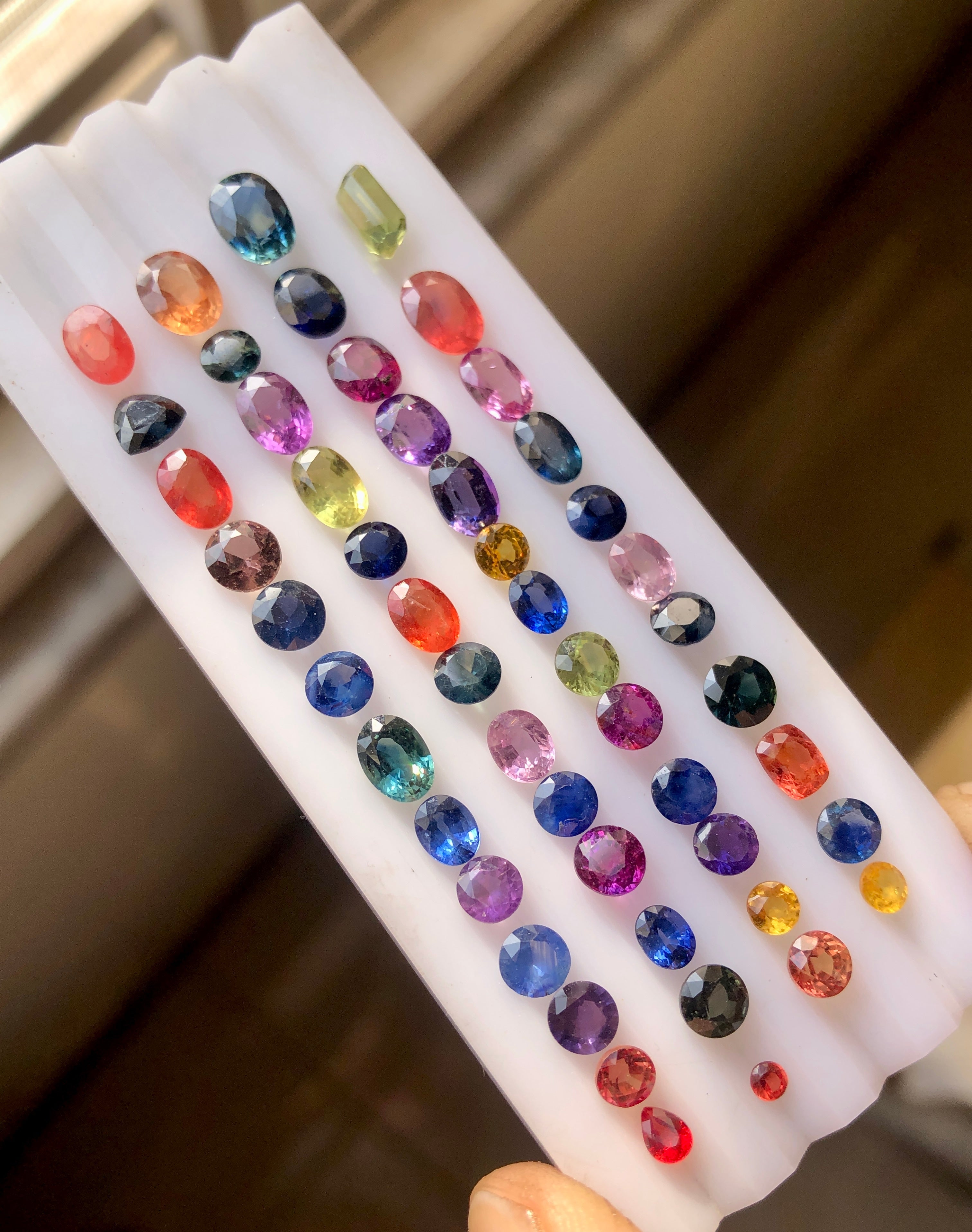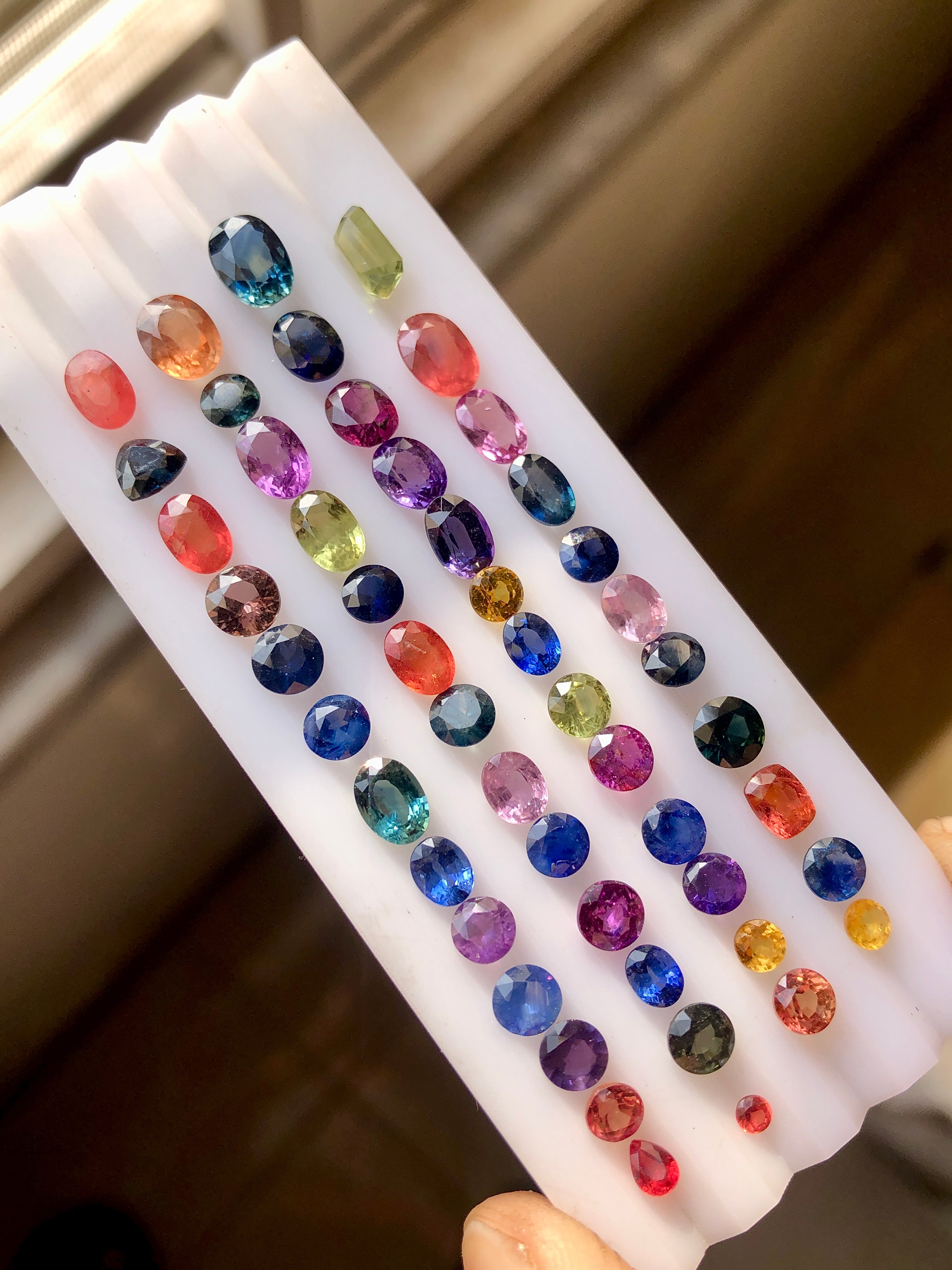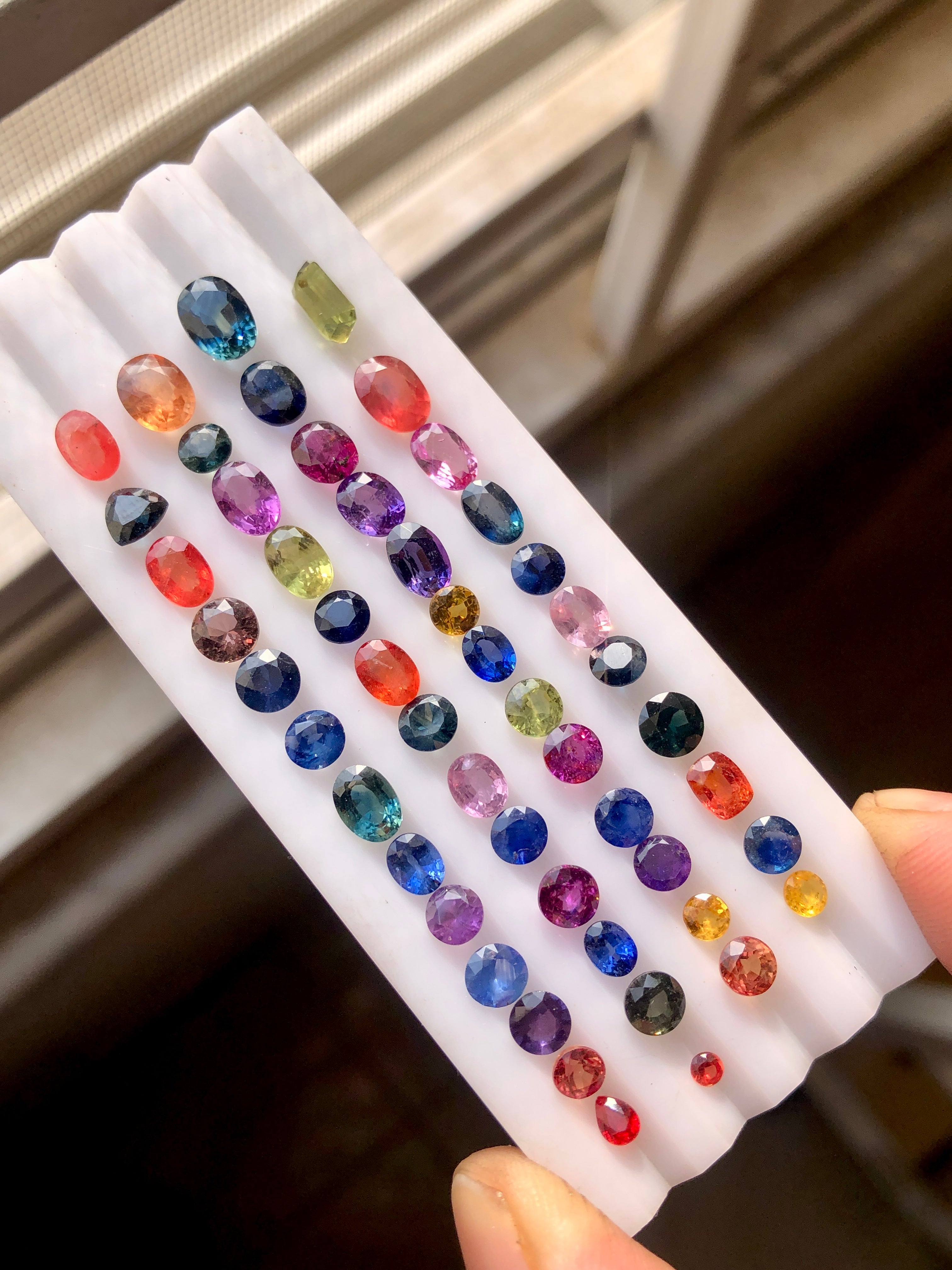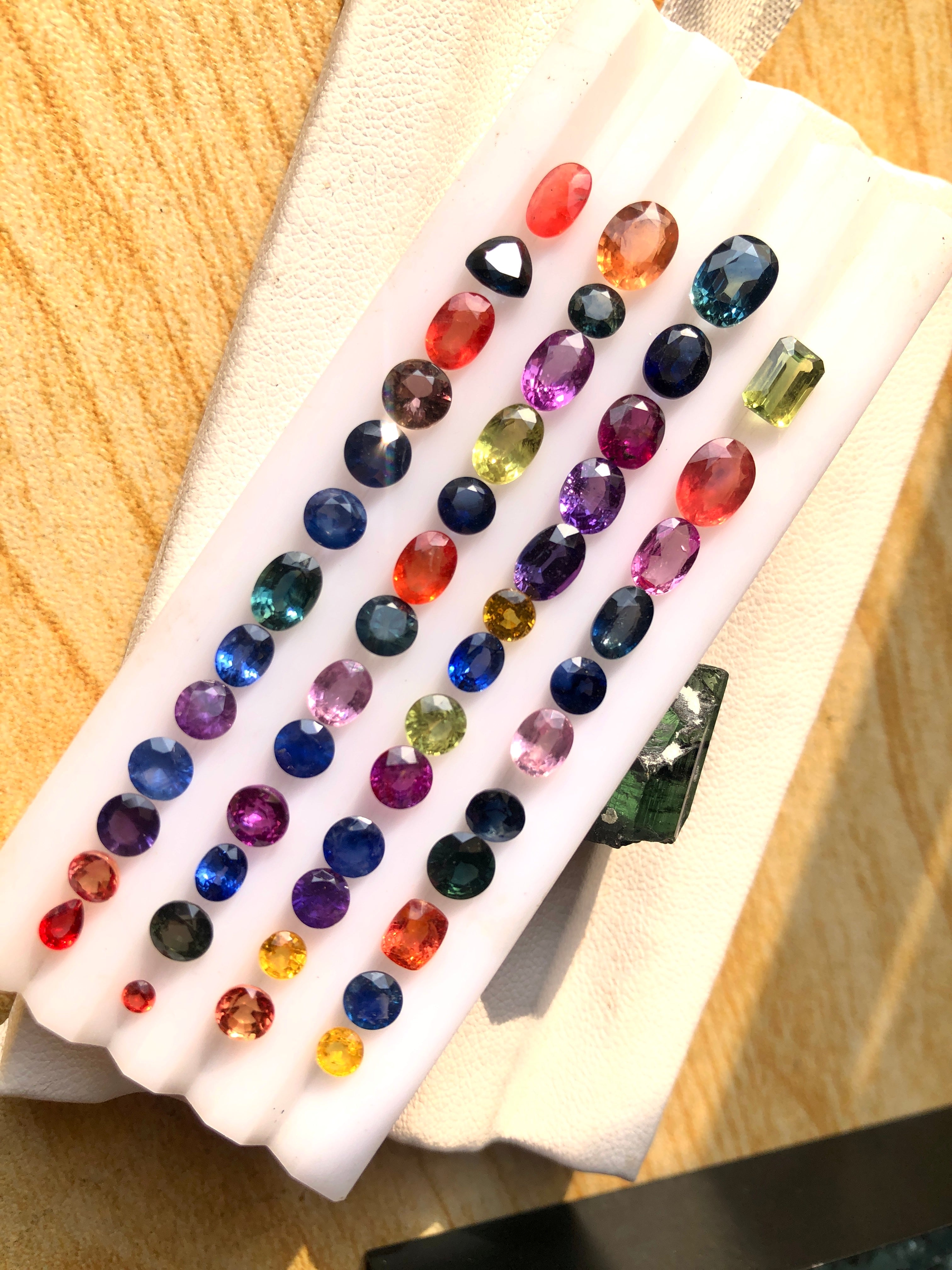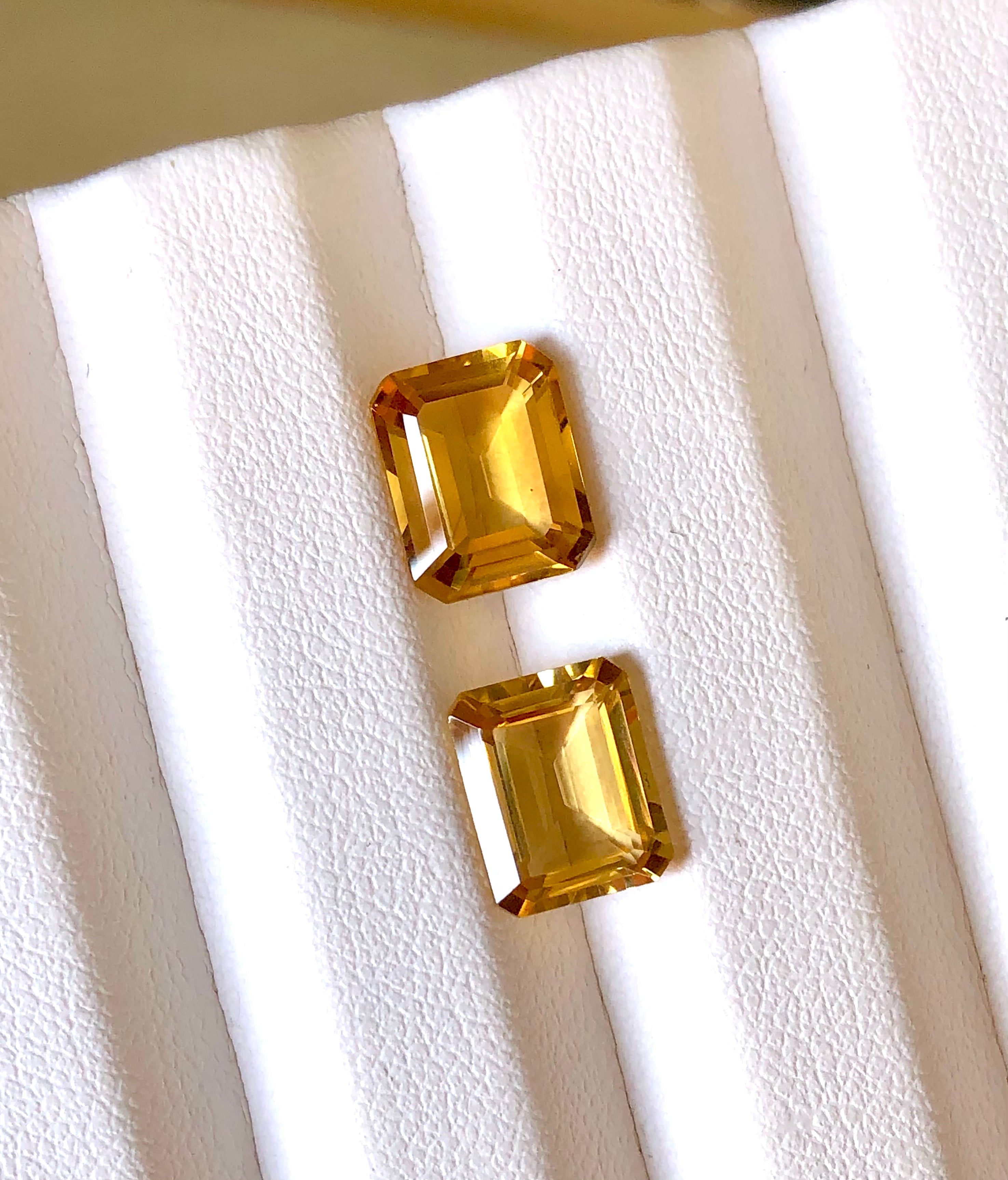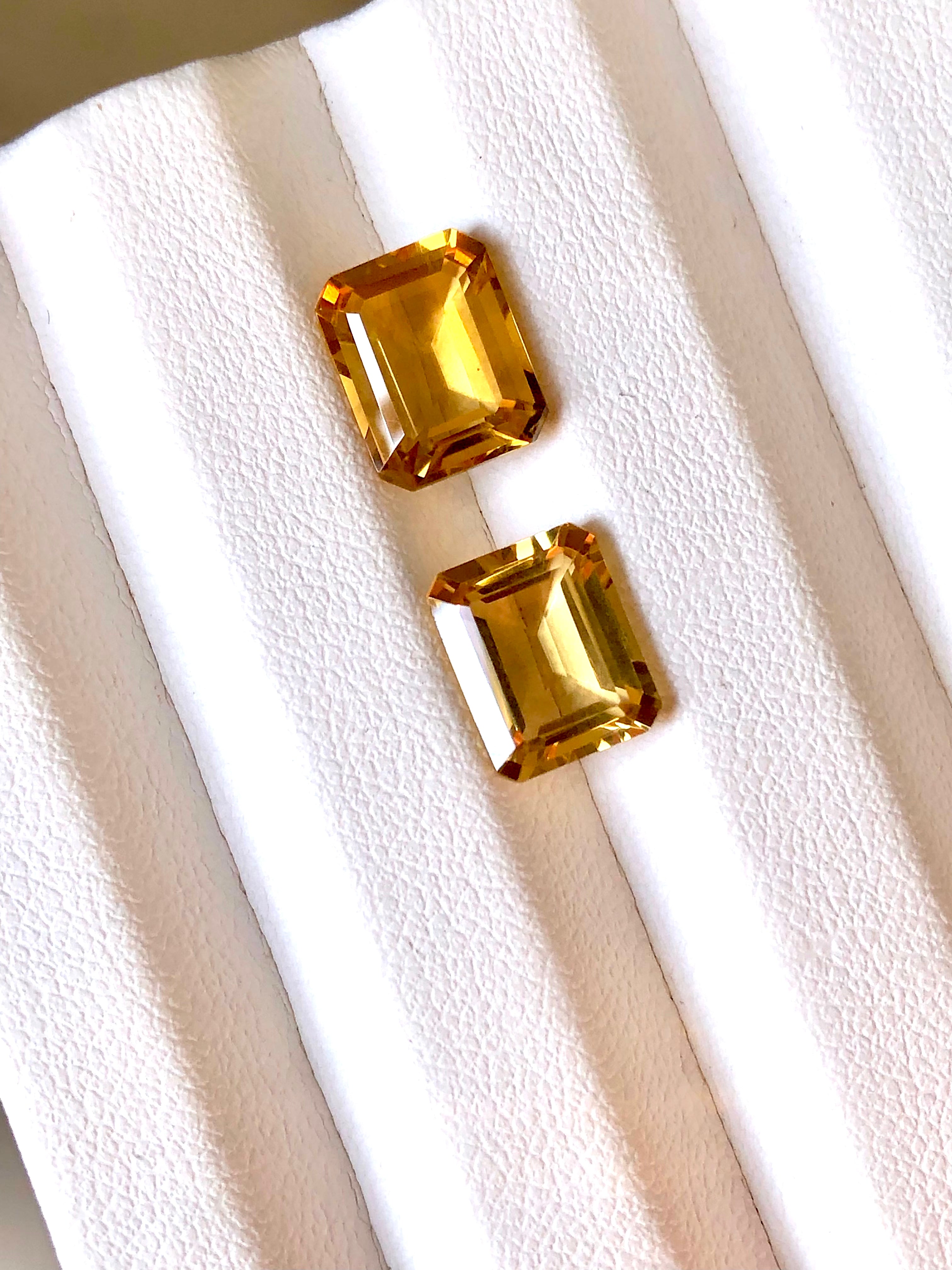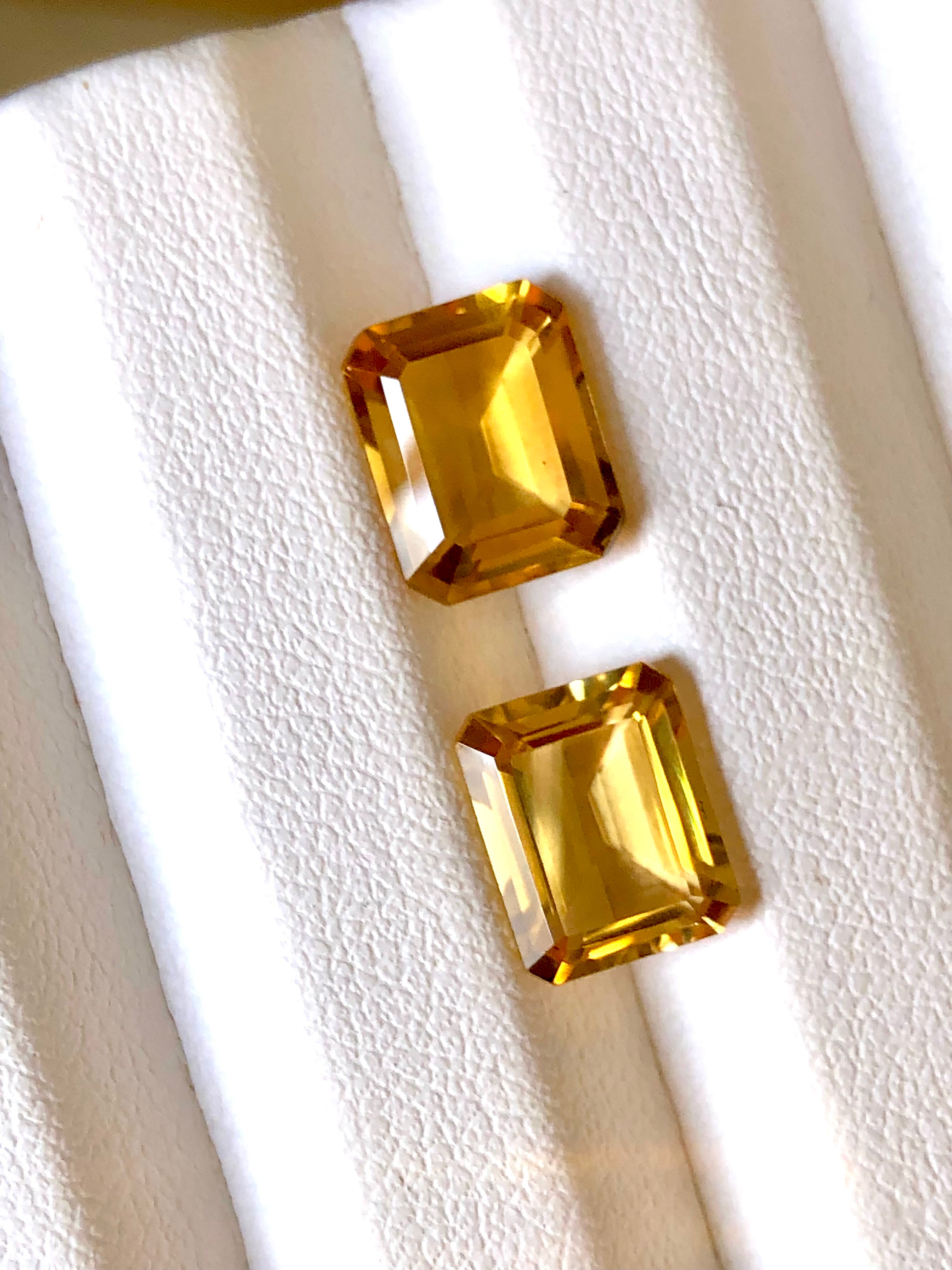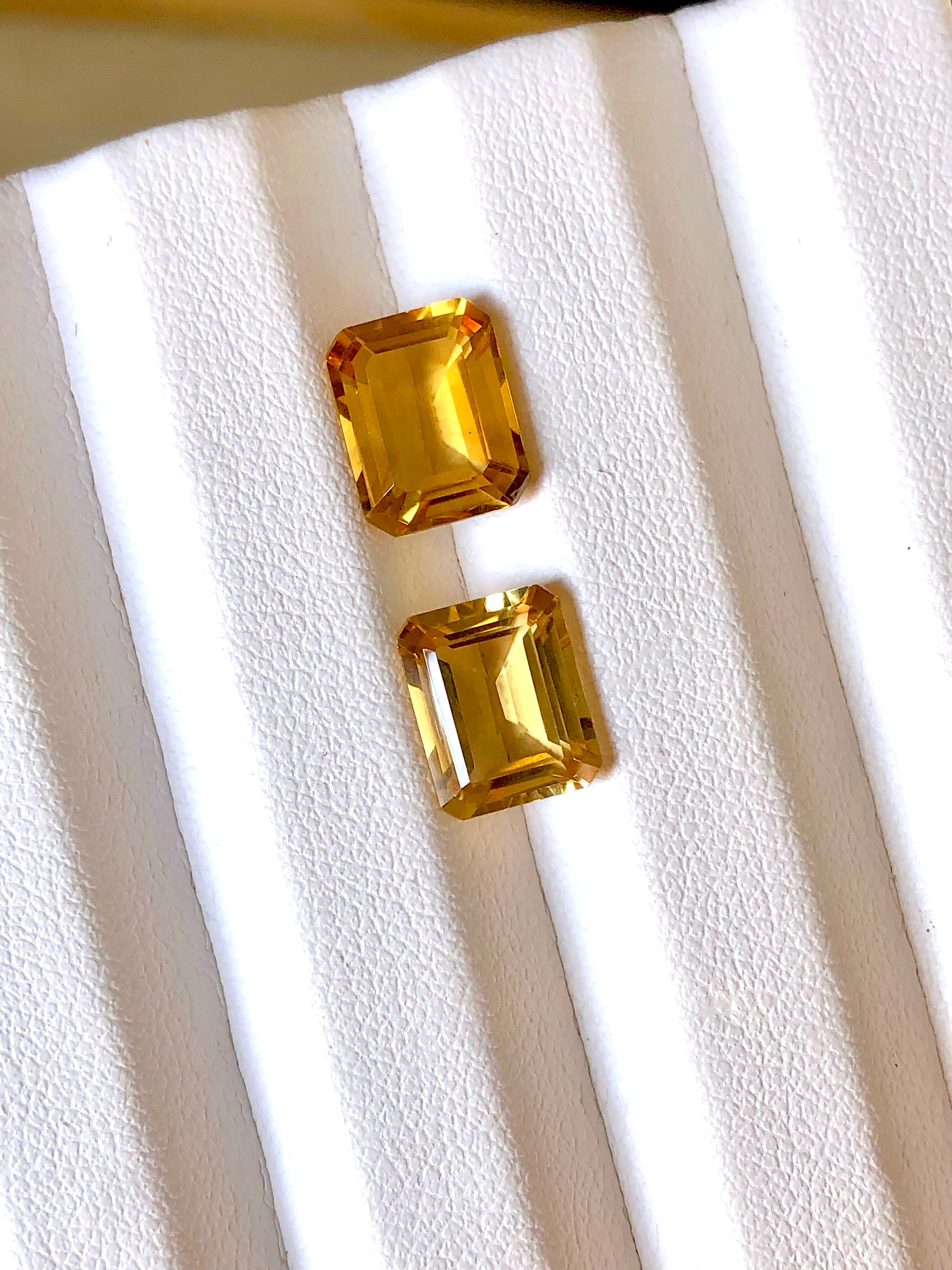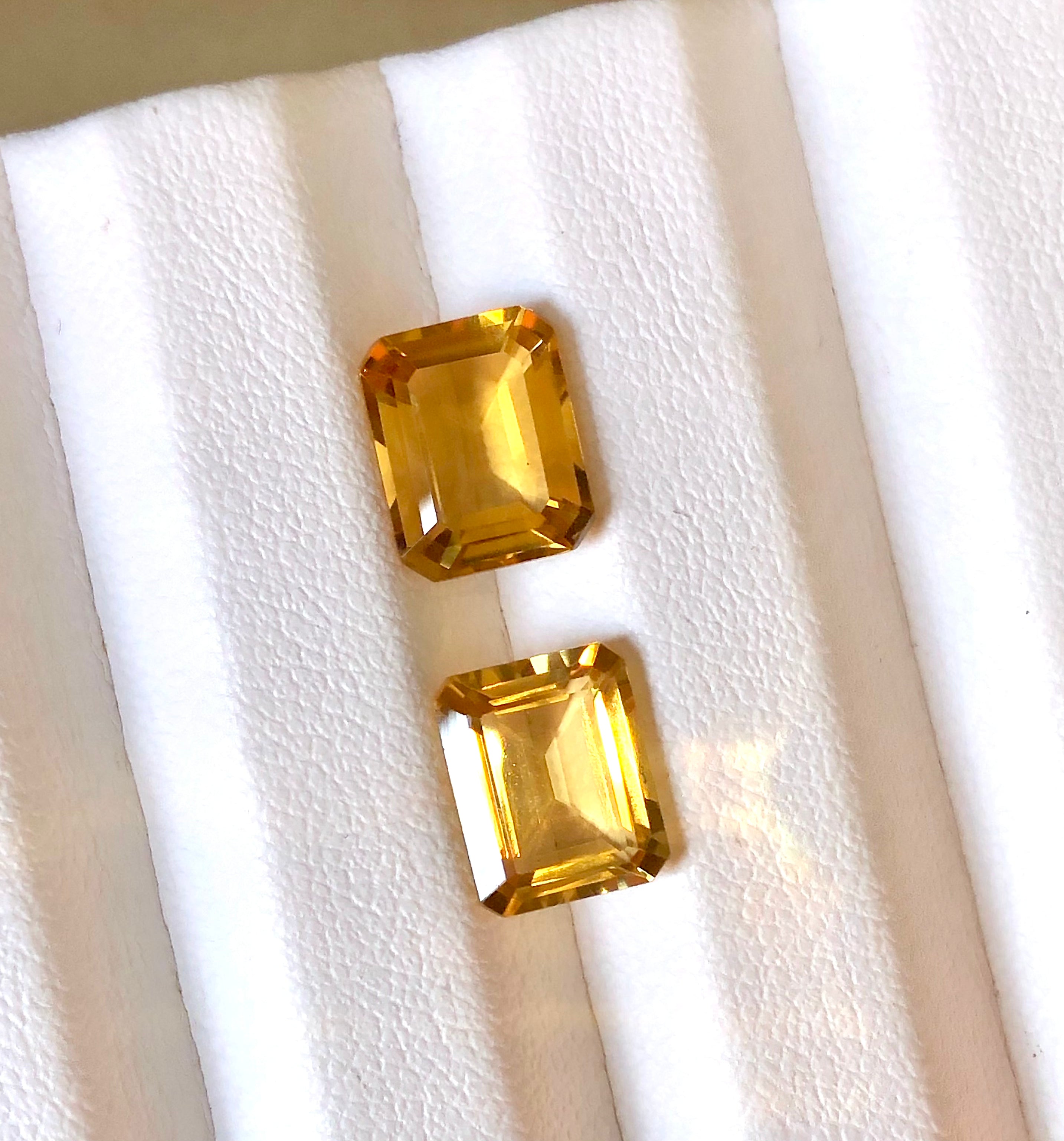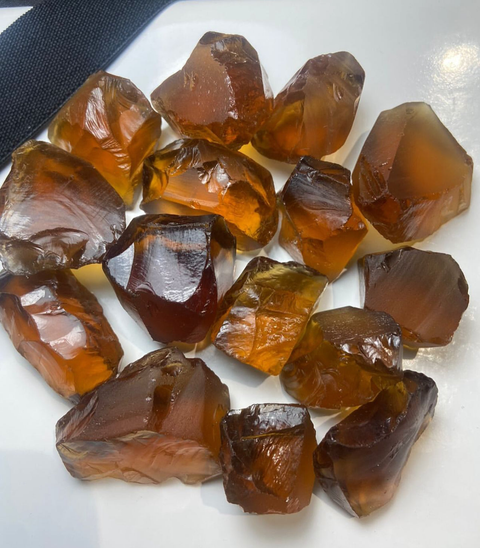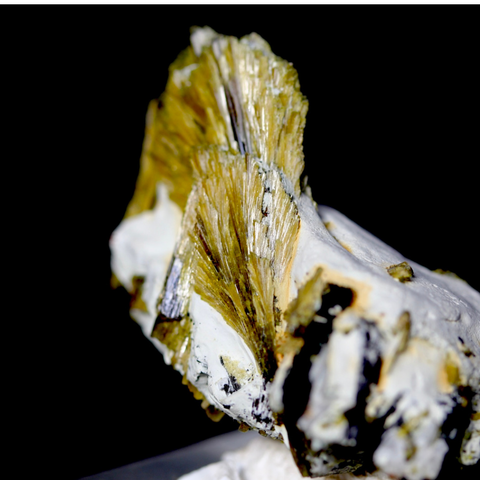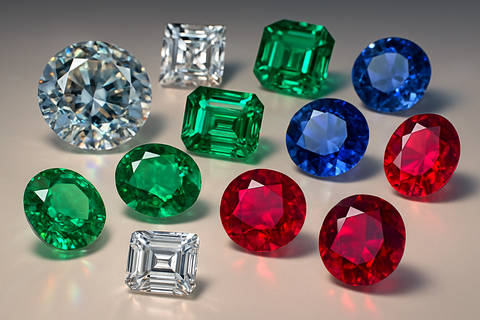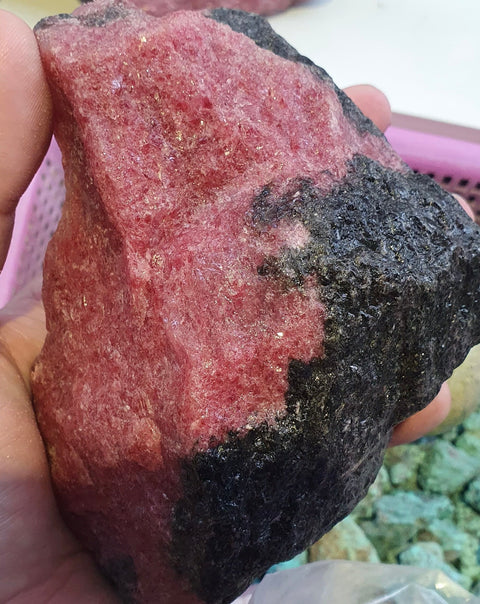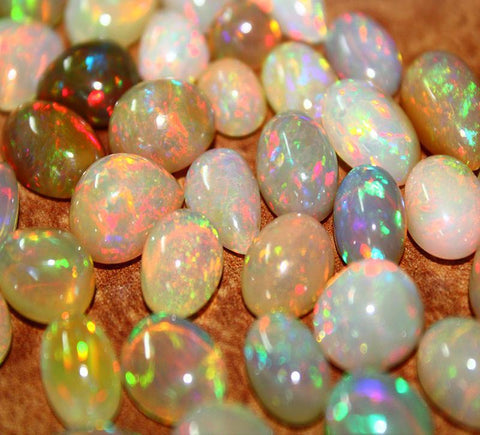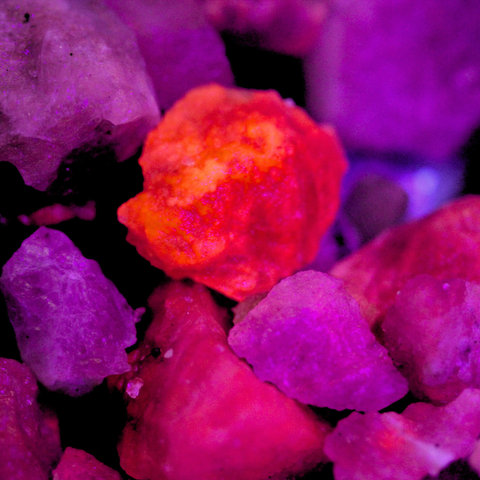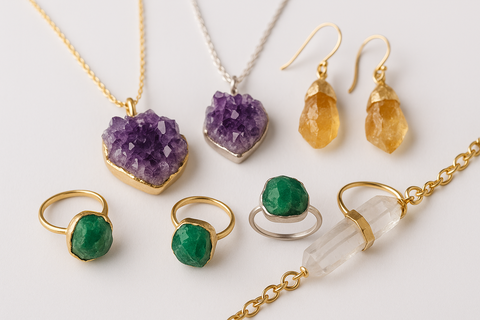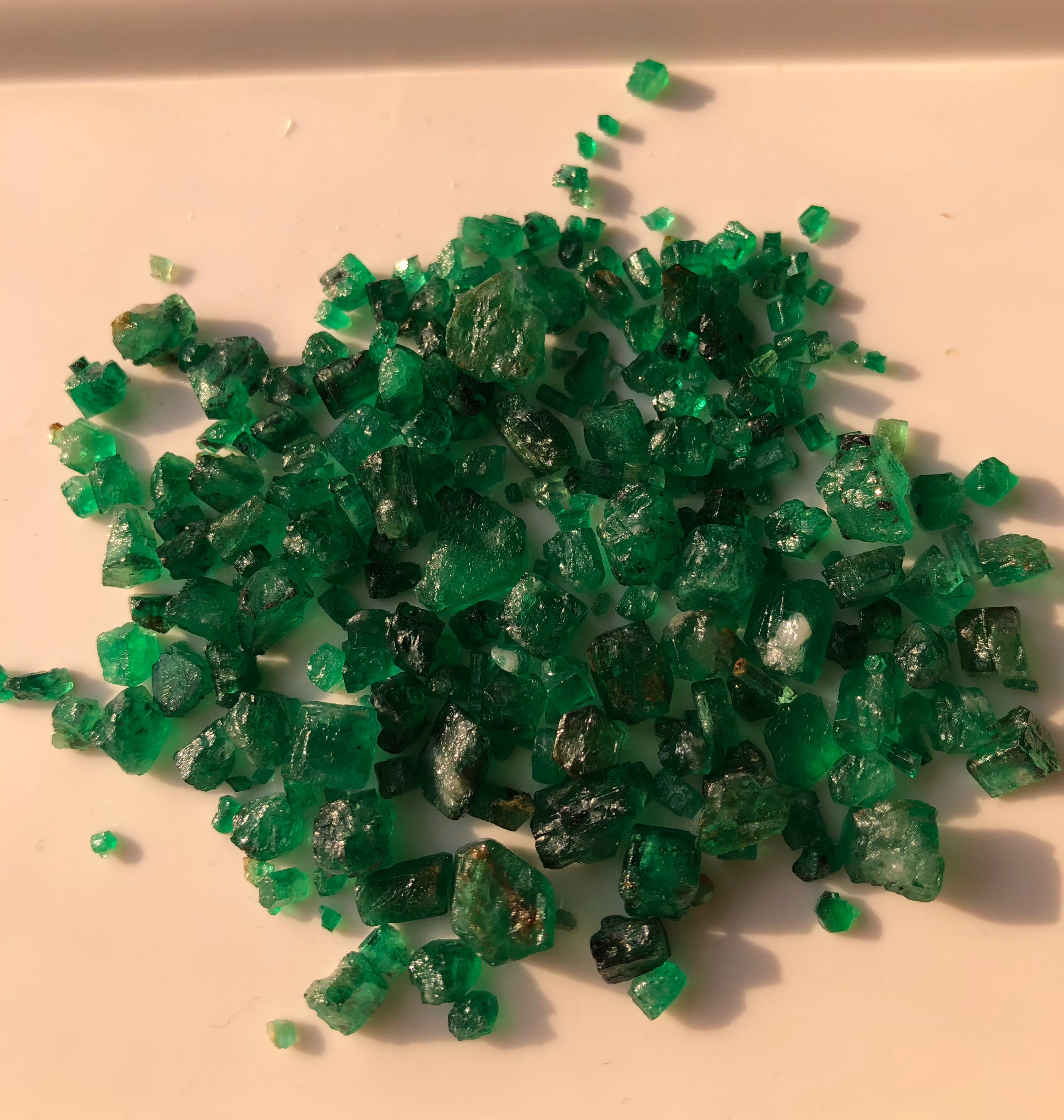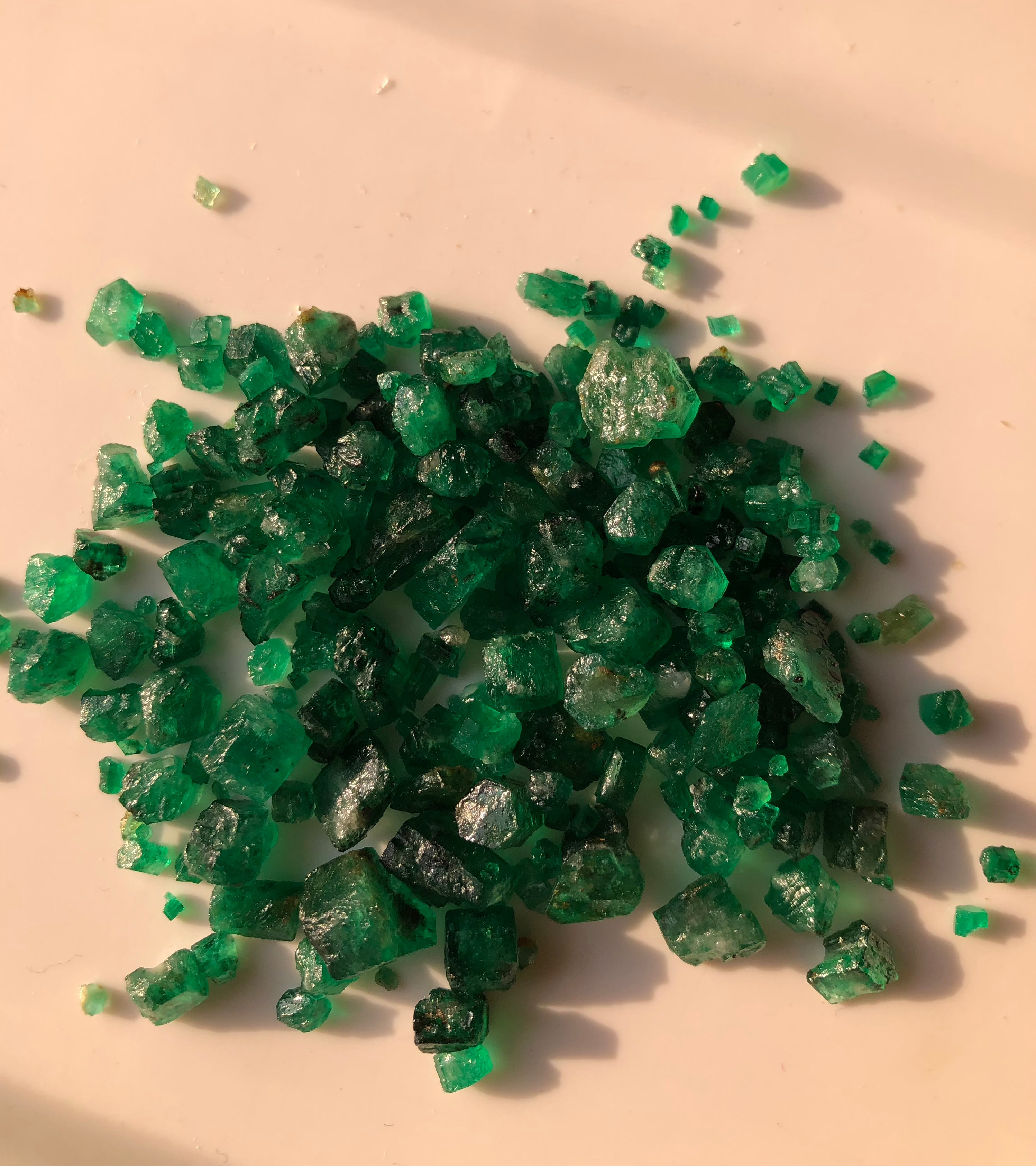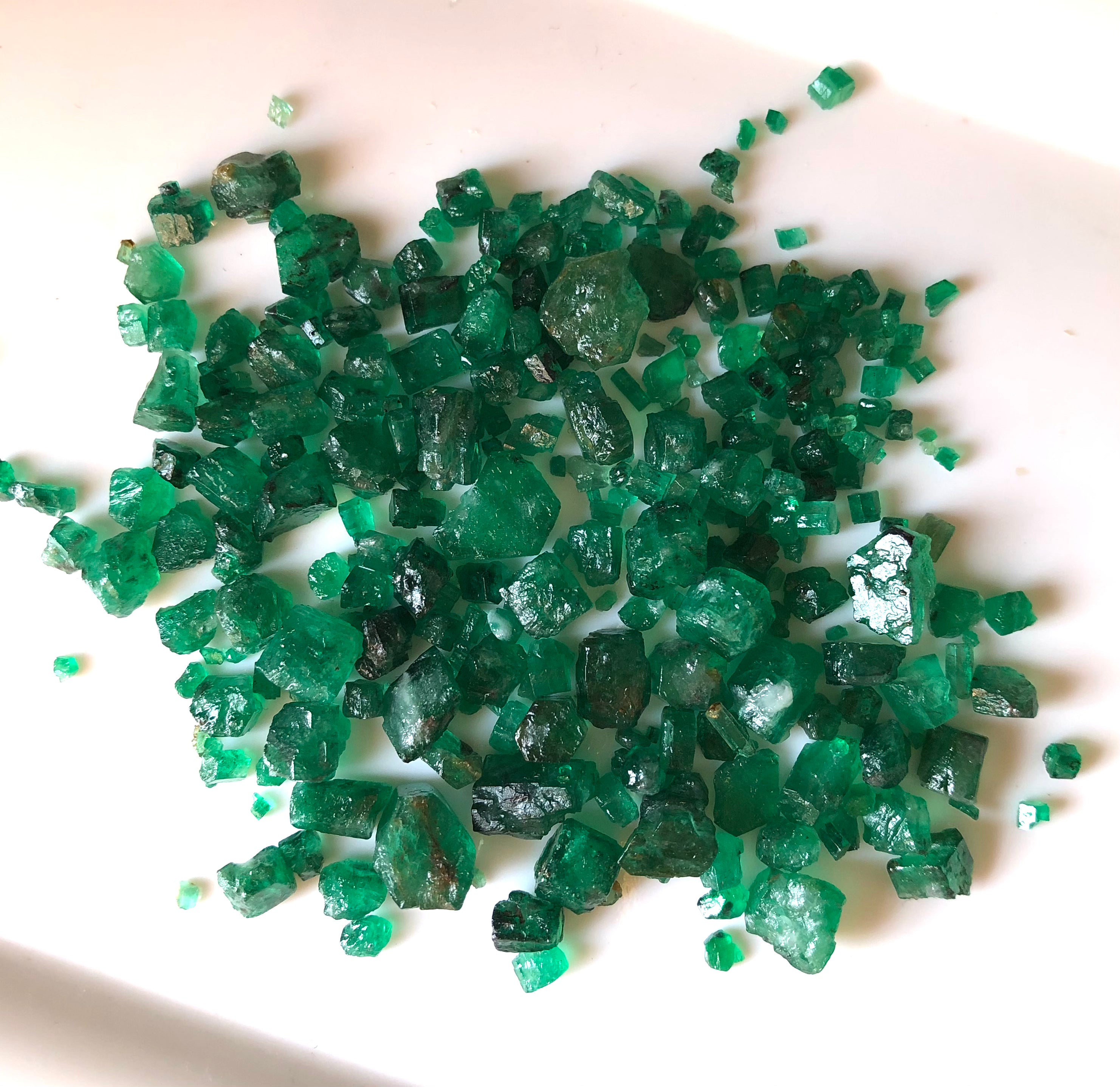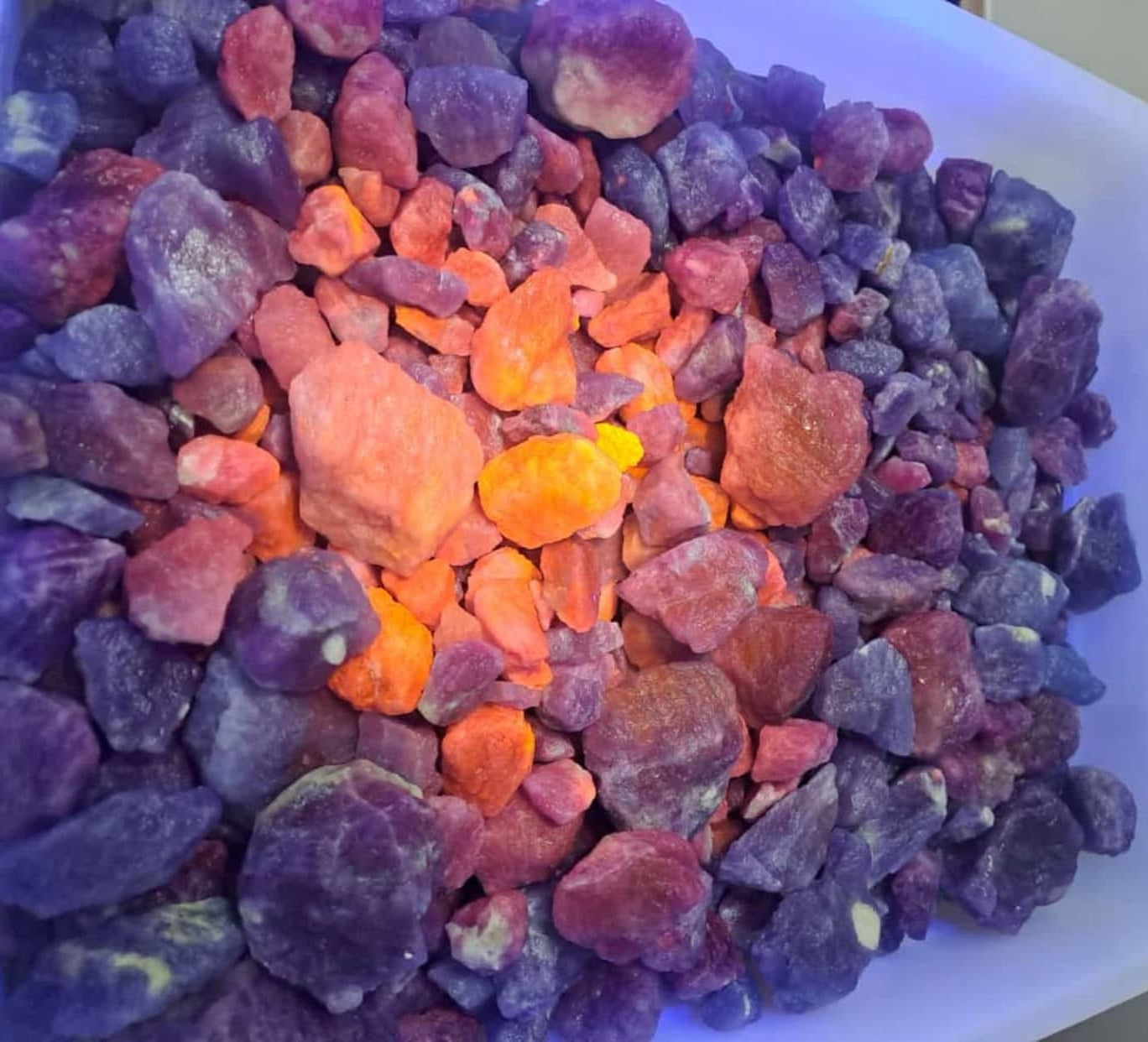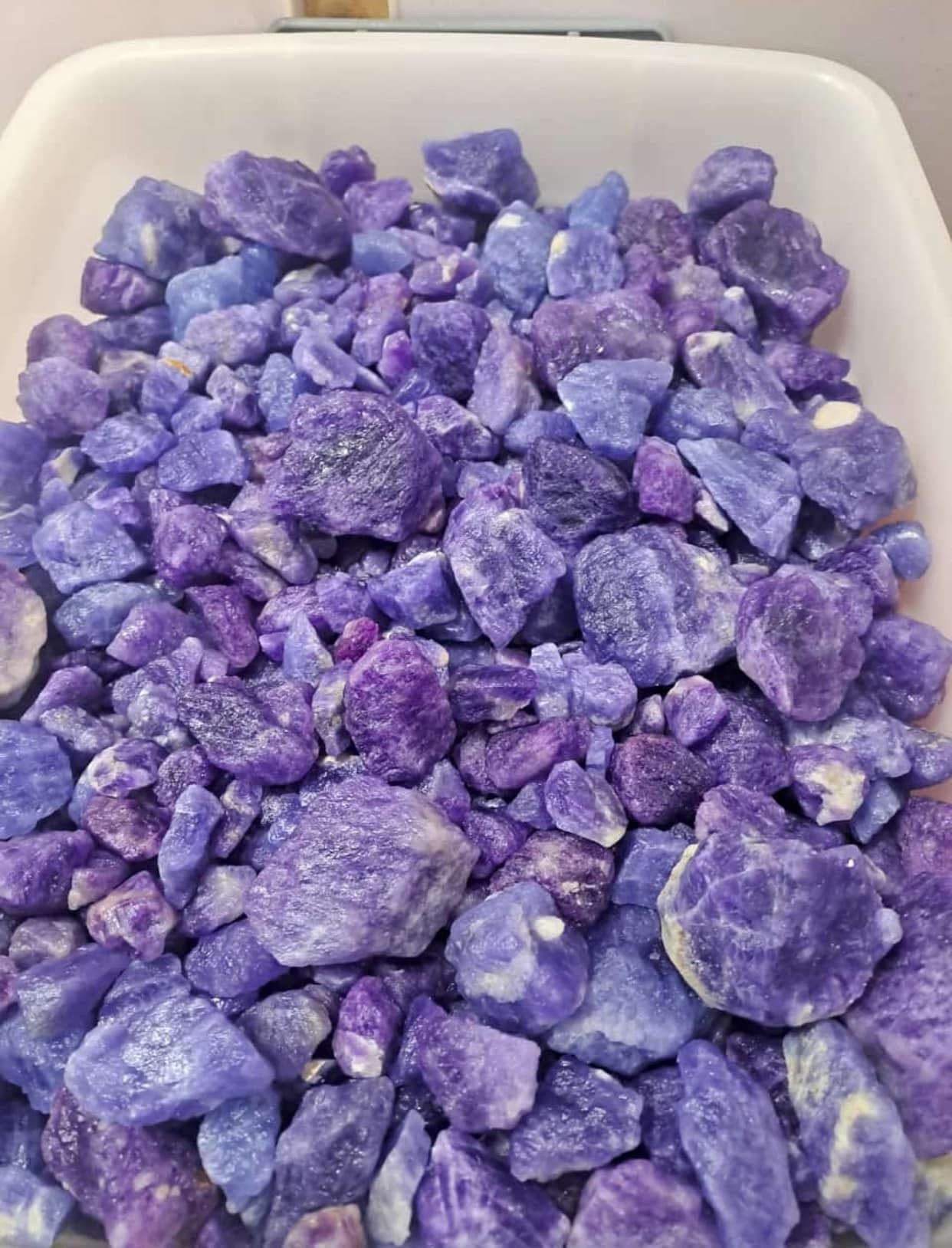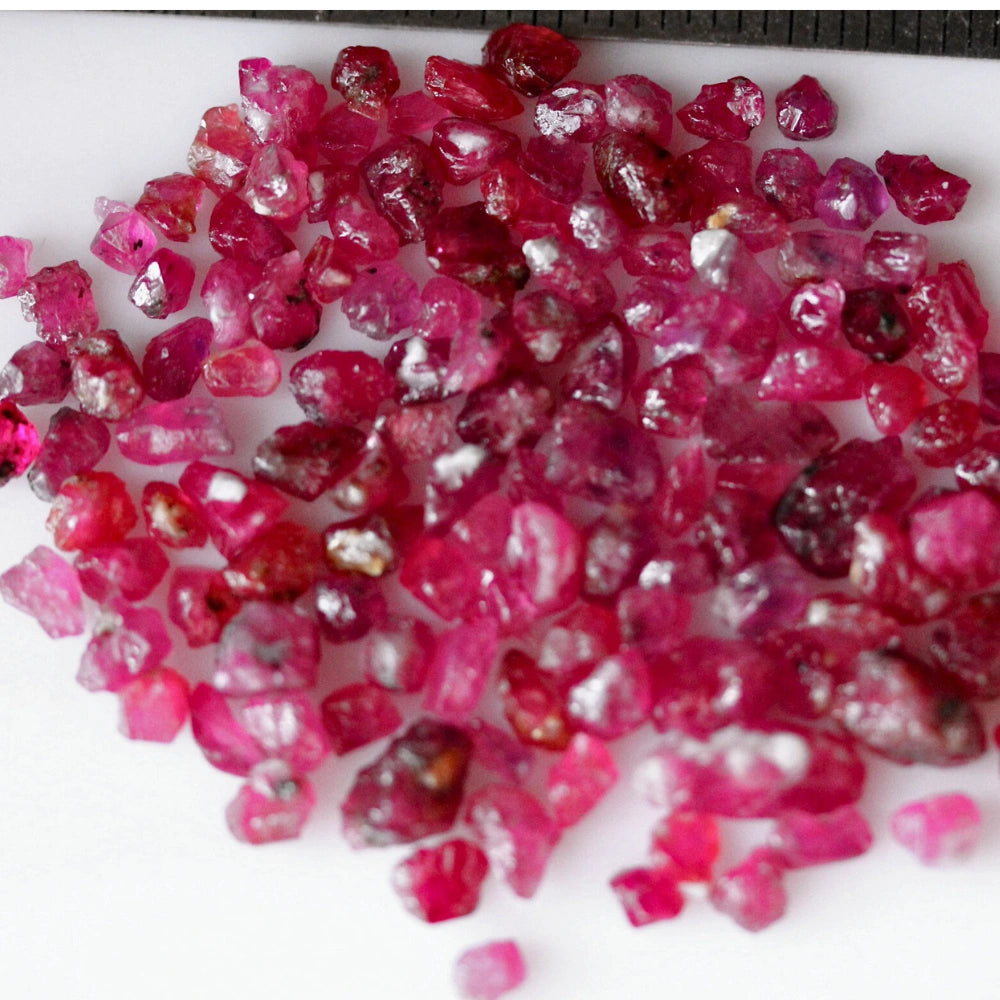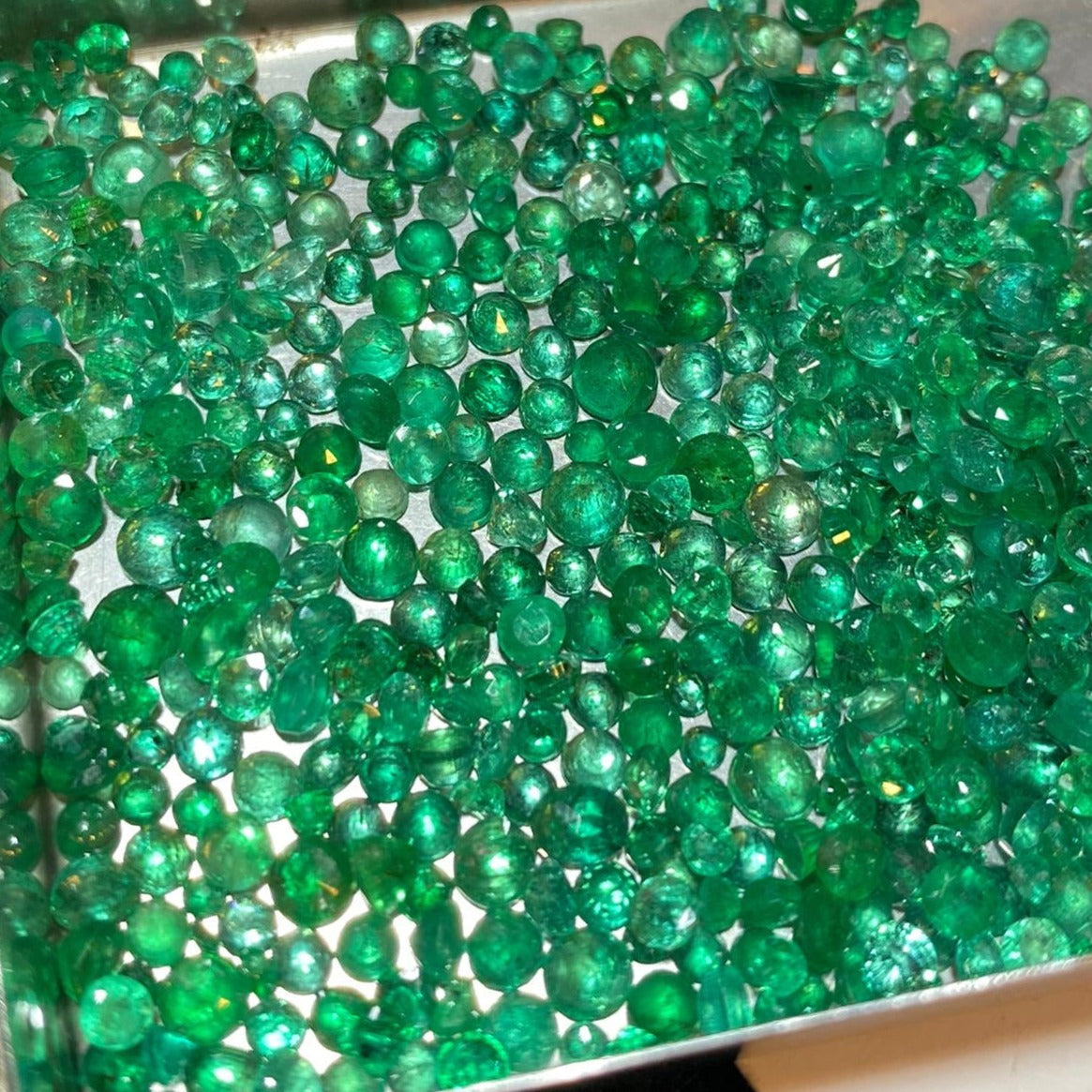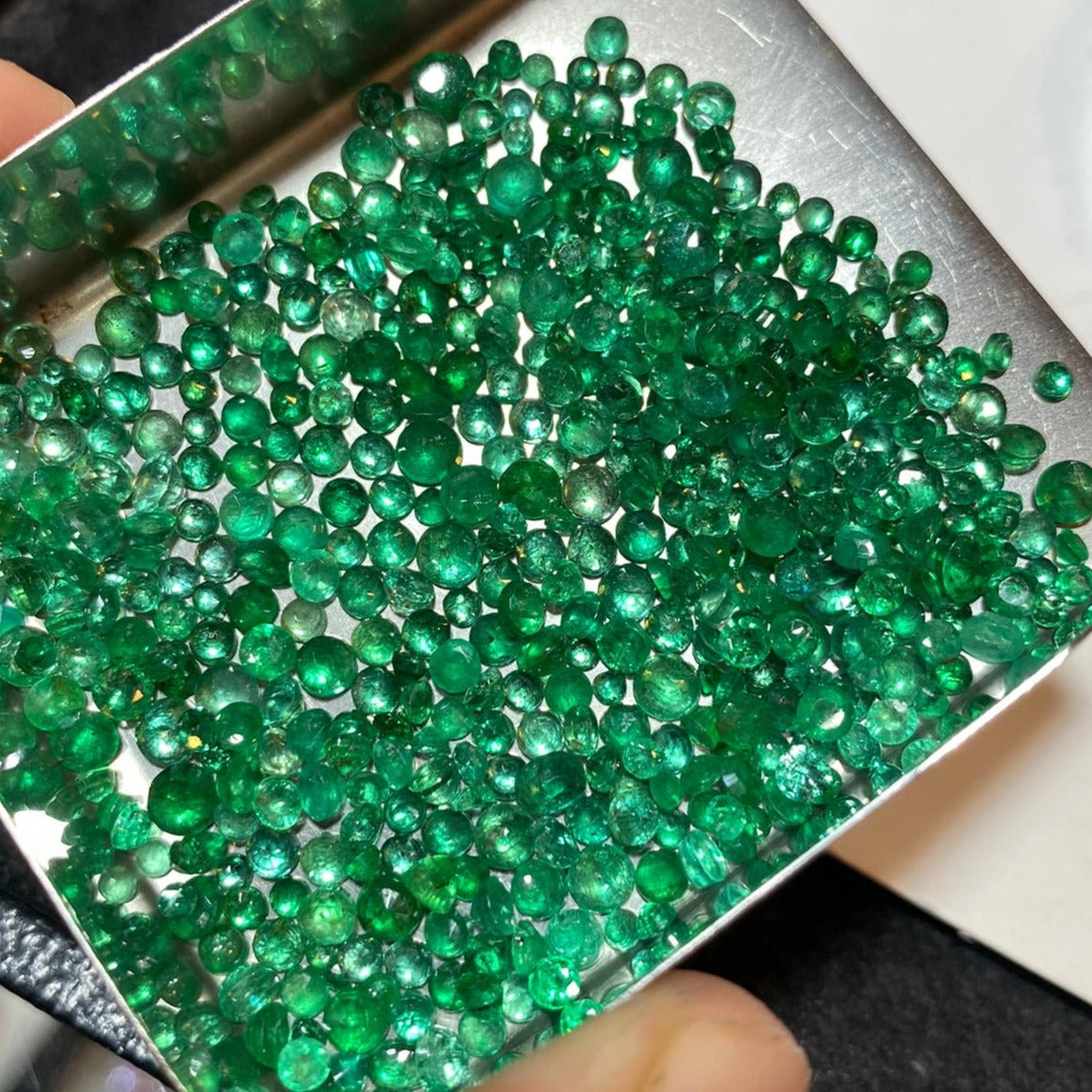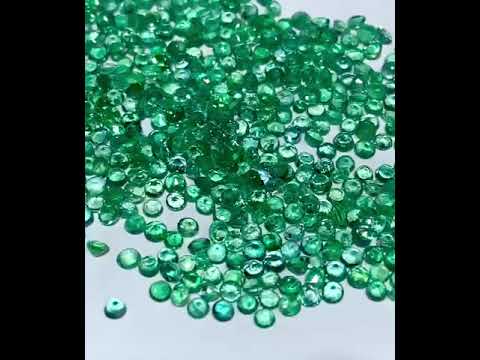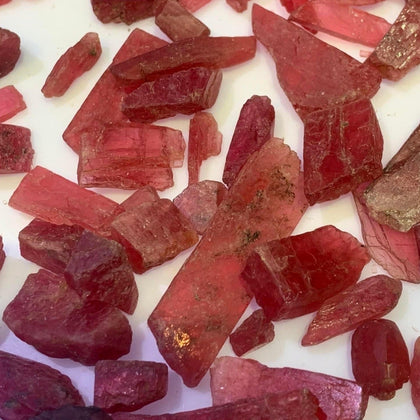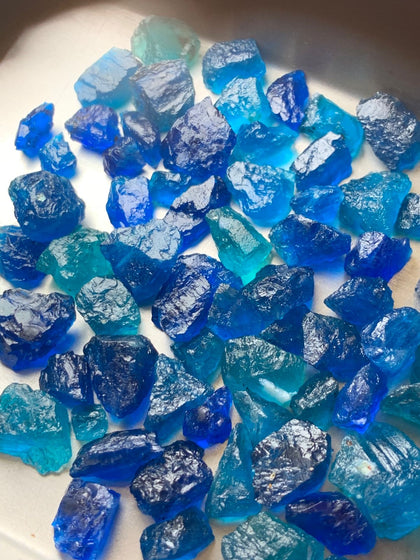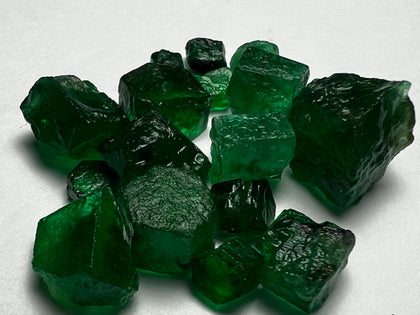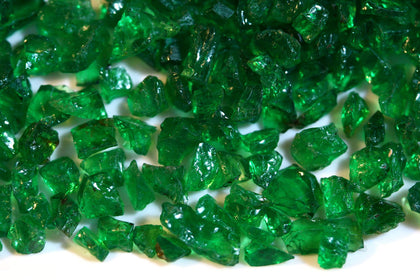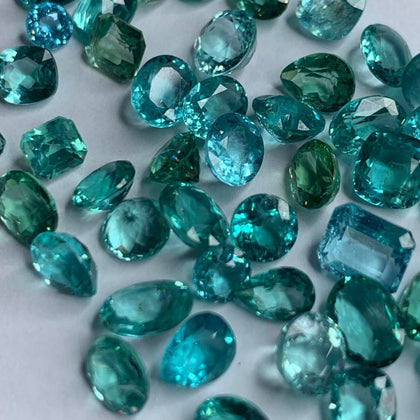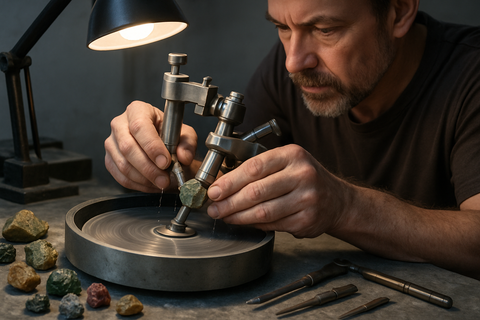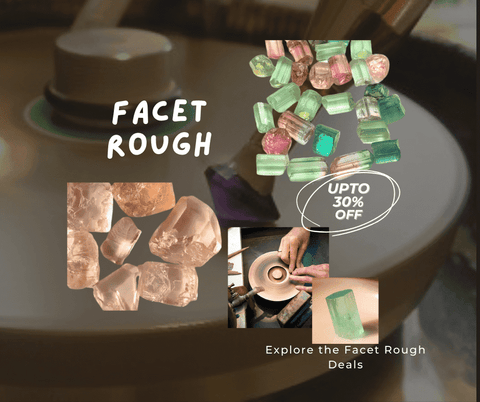
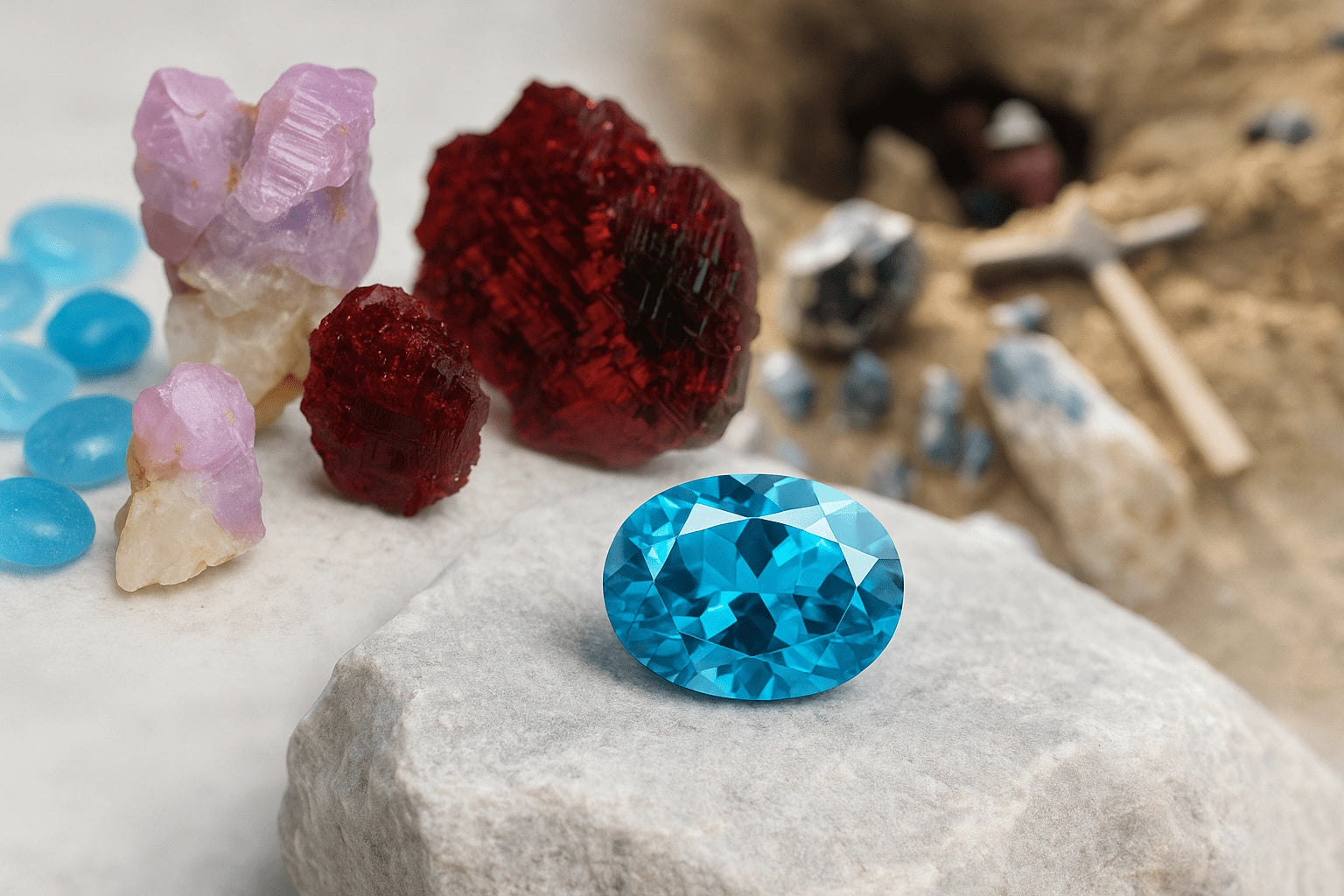
New Arrivals Gemstones
Natural Facet Rough Gemstones - Wholesale Lapidary Supplies - Raw Crystals & Cut Stones
35 Grams Emerald Crystal on Calcite from Chitral Pakistan
35 Grams Emerald Crystal on Calcite from Chitral Pakistan
51 Grams Rare Emerald Multiple Intergrown Prismatic Crystals - Chitral Pakistan
51 Grams Rare Emerald Multiple Intergrown Prismatic Crystals - Chitral Pakistan
2.11 Carats Oval Shape Loose Yellow Sphene - Titanite
2.11 Carats Oval Shape Loose Yellow Sphene - Titanite
1.97 Carats Octagonal Loose Yellow Sphene Stone
1.97 Carats Octagonal Loose Yellow Sphene Stone
Loose Gemstone
Explore loose gemstone for sale - Pairs - Single, Birthstones- Emerald, Ruby, Sapphires, Tourmaline, Peridots, Topaz, Garnets, Aquamarine, Rare stones-
Top Gemstone Picks –Facet Rough & Loose Stones
Trending gemstone deals by gemstone cutters and jewelry designers
Natural Gemstones for Sale: Opportunity For Individuals and Gemstone Investors
Sources directly from mines in Myanmar, Srilanka, Pakistan, Afghanistan & beyond.

Why Choose Folkmarketgems?: At Folkmarketgems, we are more than just selling gemstones— We are gemologists, geologists and life long gemstone hunting lovers. Since 2008, we are sourcing directly from the mines of Pakistan, Afghanistan, Madagascar, Myanmar, Sirilanka, Thailand, Tajikistan, Brazil gems mines and more to bring you unique, ethically sourced gemstones and crystals - 100% natural
No Imitations / No Synthetic : Since we source rough gemstones first , this ensures authenticity of loose gemstones also, as these very rough stones are cut into precision-cutting by our own professional cutter.
Affordable Wholesale Gemstones / Unbeatable Discounts for Big Businesses! ✨
STOCK UP & SAVE BIG! –
Folkmarketgems offer wholesale gemstones at lowest per-piece rates—With discounted wholesale gems deals, one can maximize your margins. Buy more, save more: Our wholesale gemstone lots provide budget-friendly sourcing for startups and established businesses. Grow your gemstone business today – Contact us for exclusive wholesale prices and reliable bulk supplies!
🔹 Verified authenticity | 🔹 Worldwide shipping
Video Gems Shopping
Follow us on Instagram @folkmarketgems
What our customers say
Folkmarketgems Reviews: by verified gemstone cutters, jewelry designers and mineral collectors
Very Satsified
Very great experience to do business with, very fast shipping even to the United States, and the specimens were gorgeous, thank you.
Good Communication
Great communication! Absolute transparency and very competitive....
Beautiful Stones
Thank you! Good communication, very trustful and professional. Gems are as described
Great Product
These raw Tsavorite Garnets are exactly what I needed for my project! The quality is great read more....
Stunning
These stones are stunning, thank you! :)

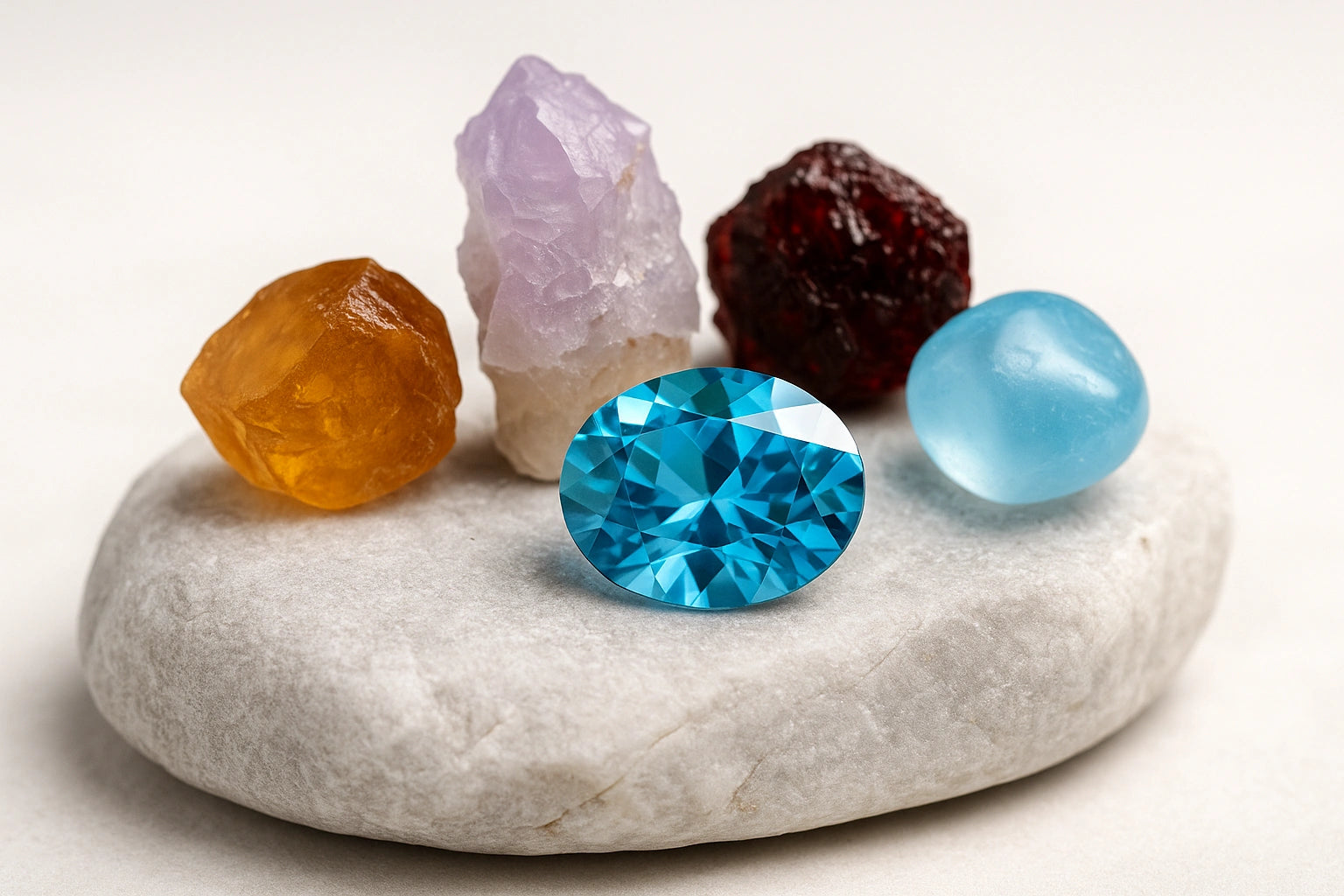
FAQs About Gems
Are your gemstones natural and authentic?
Yes — all of our gemstones are 100% natural and sourced directly from trusted mines, mainly in Afghanistan, Pakistan, and other gemstone-rich regions. We do not sell synthetic or lab-created stones. Many of our stones are untreated, and details of any treatments are always disclosed.
Where do your gemstones come from?
We source gemstones directly from mines and local markets in Afghanistan and Pakistan, regions famous worldwide for Lapis Lazuli, Rubies, Emeralds, Aquamarine, and more. This direct sourcing allows us to offer authentic stones at fair prices.
Do you offer certification for gemstones?
We offer both in-house and third-party certifications from trusted gemological labs. Add a certificate to your cart during checkout for an additional fee. Each certified stone comes with documentation verifying its origin and quality.
Can I request custom gemstone cutting or jewelry design?
Absolutely! We specialize in gemstone cutting and can also help create custom jewelry designs based on your preferences.
What is your return policy if I am not satisfied?
We want you to be 100% happy with your order. If your gemstones arrive damaged, incorrect, or not as described, you can request a return or replacement within 14 days of delivery. Please contact us with your order details for quick support.
Contact us! If you have any Question?
Why Shop With Folkmarketgems?
Secure Checkout
SSL encrypted secure payment
Authentic Gems Guarantee
We assure you 100% natural Gemstones
Money Back Gaurantee
Flexible Return Policies
